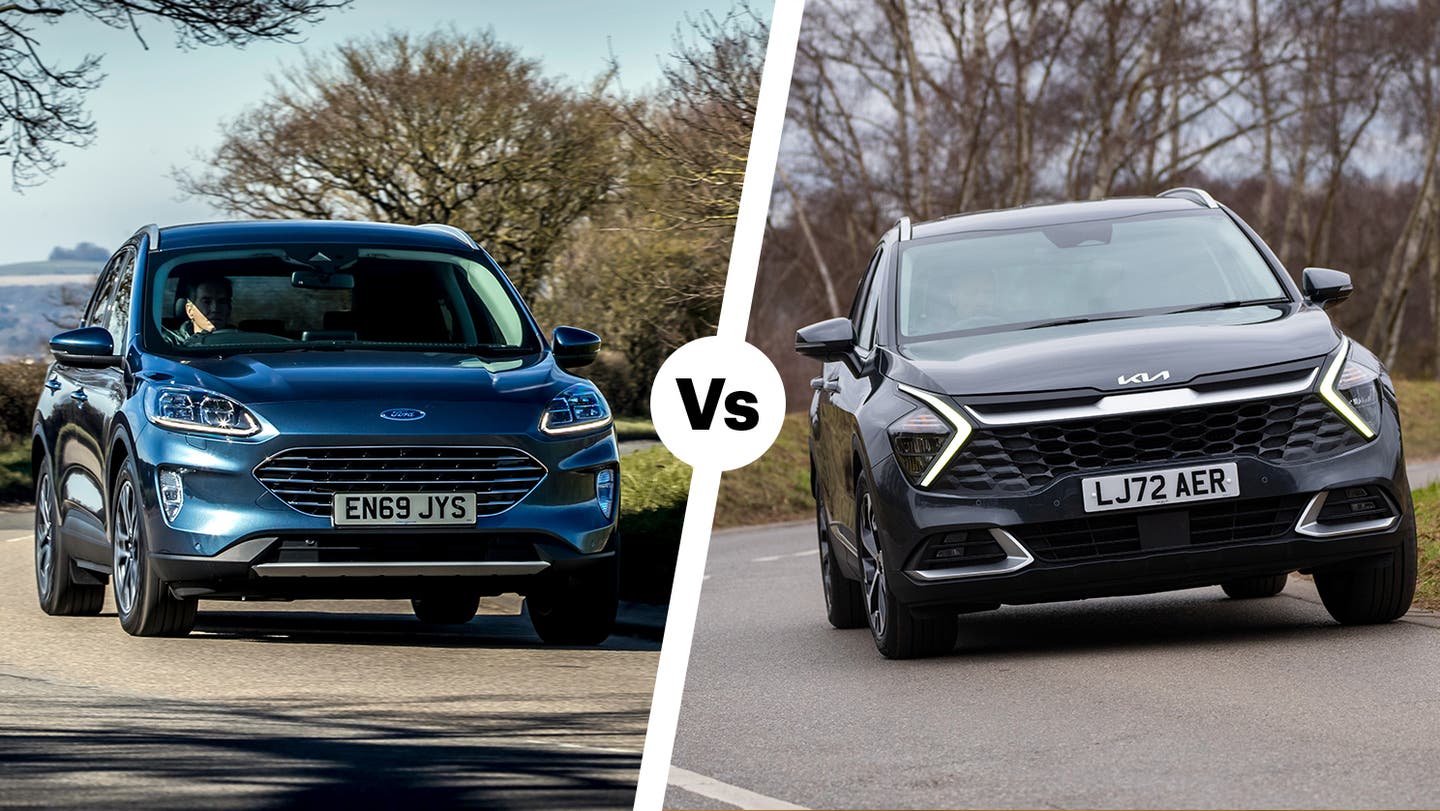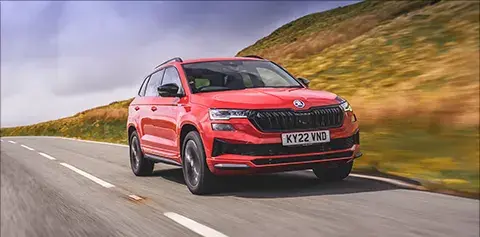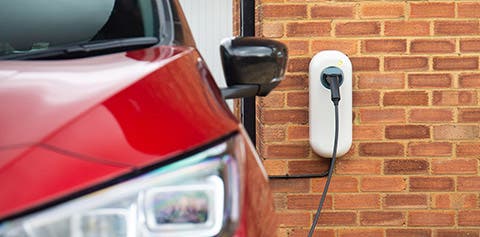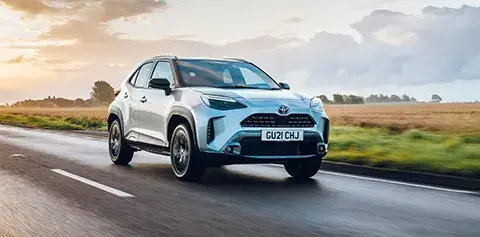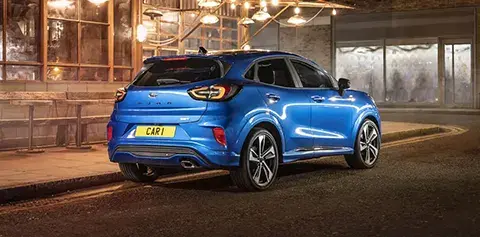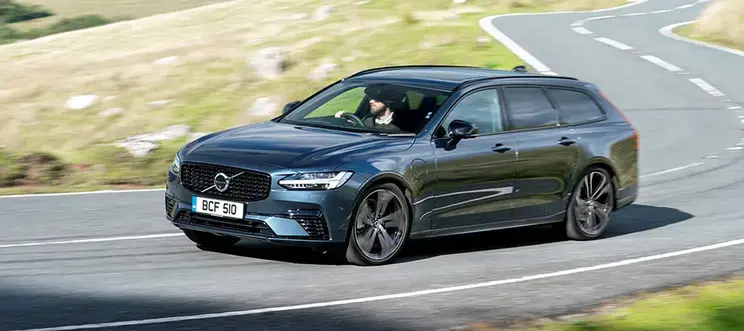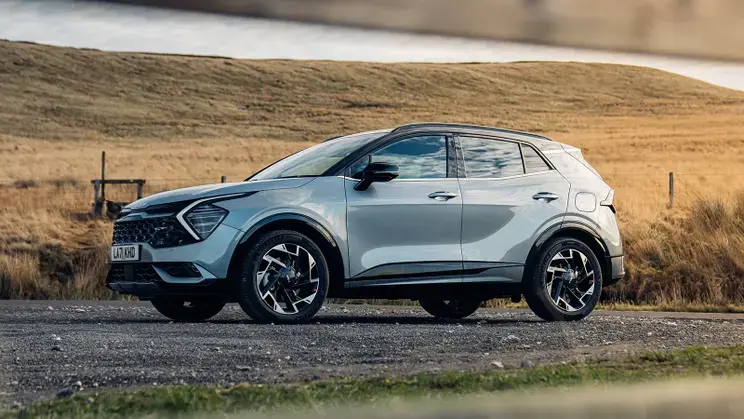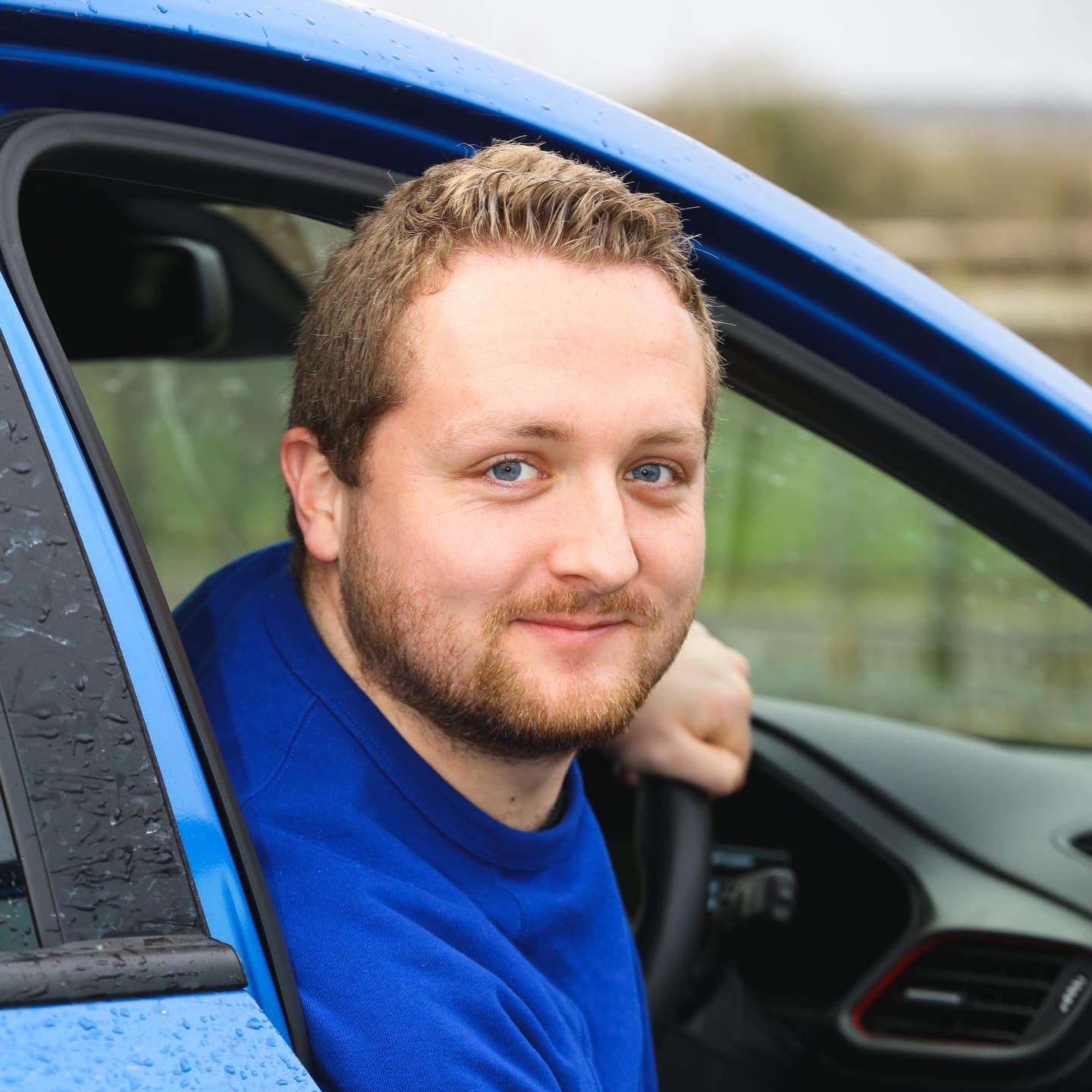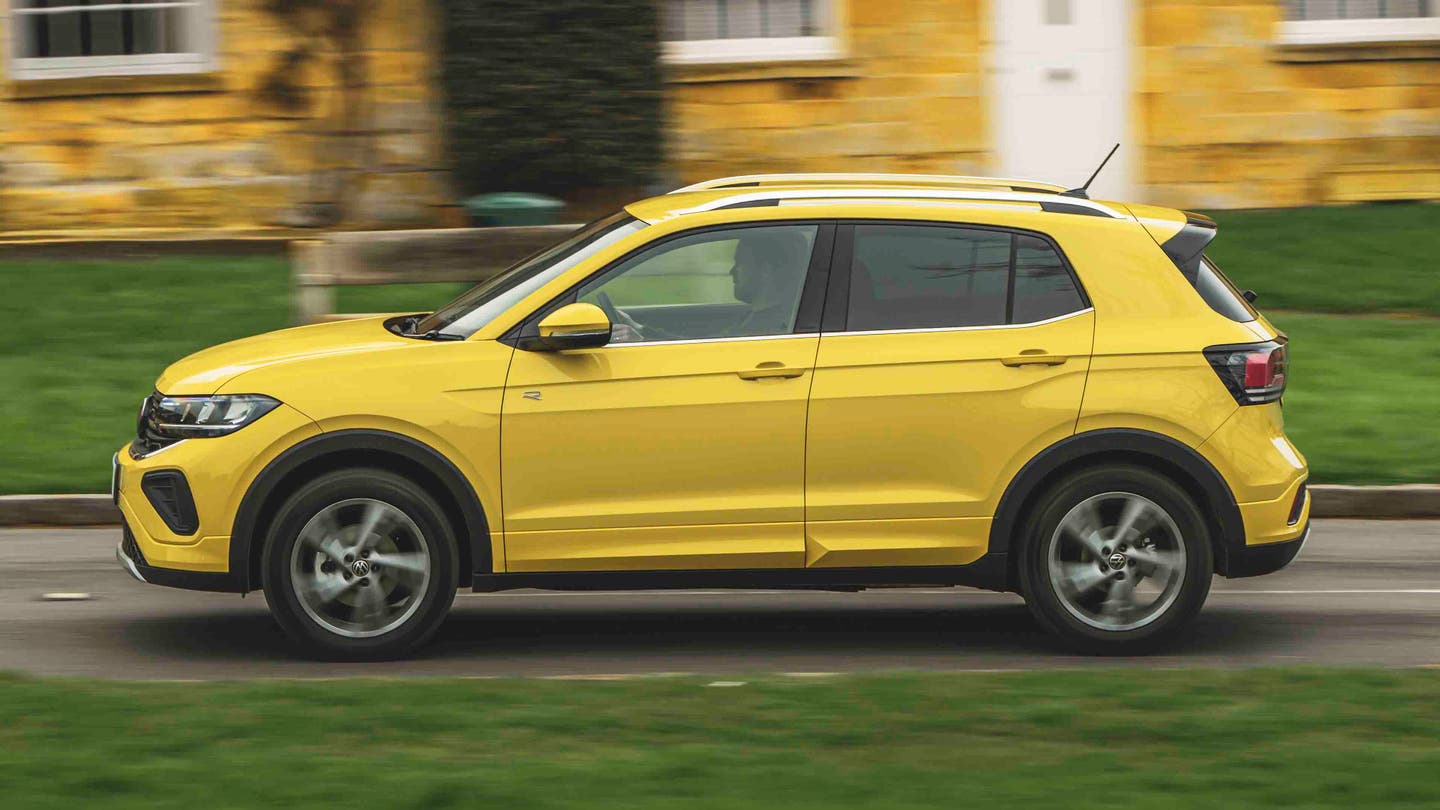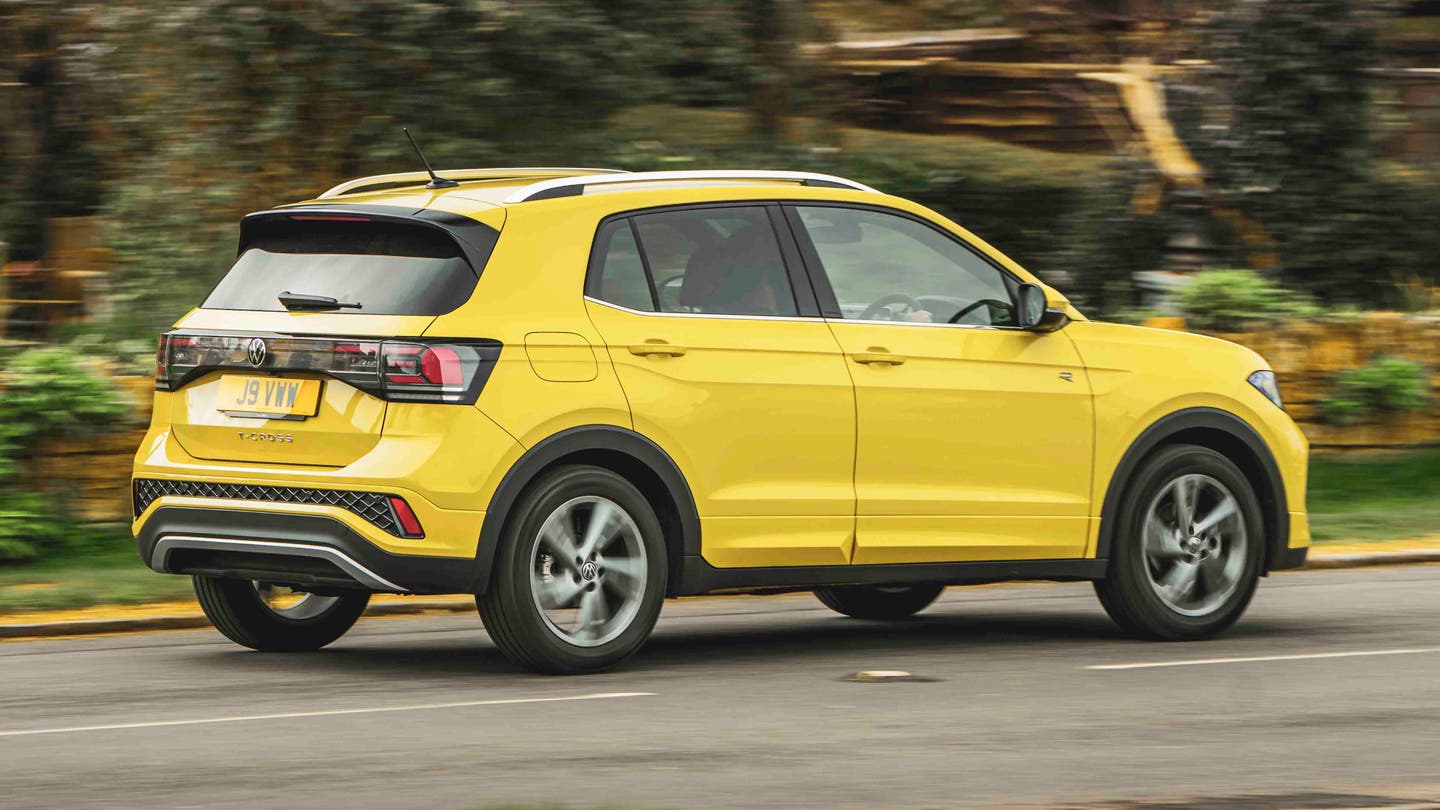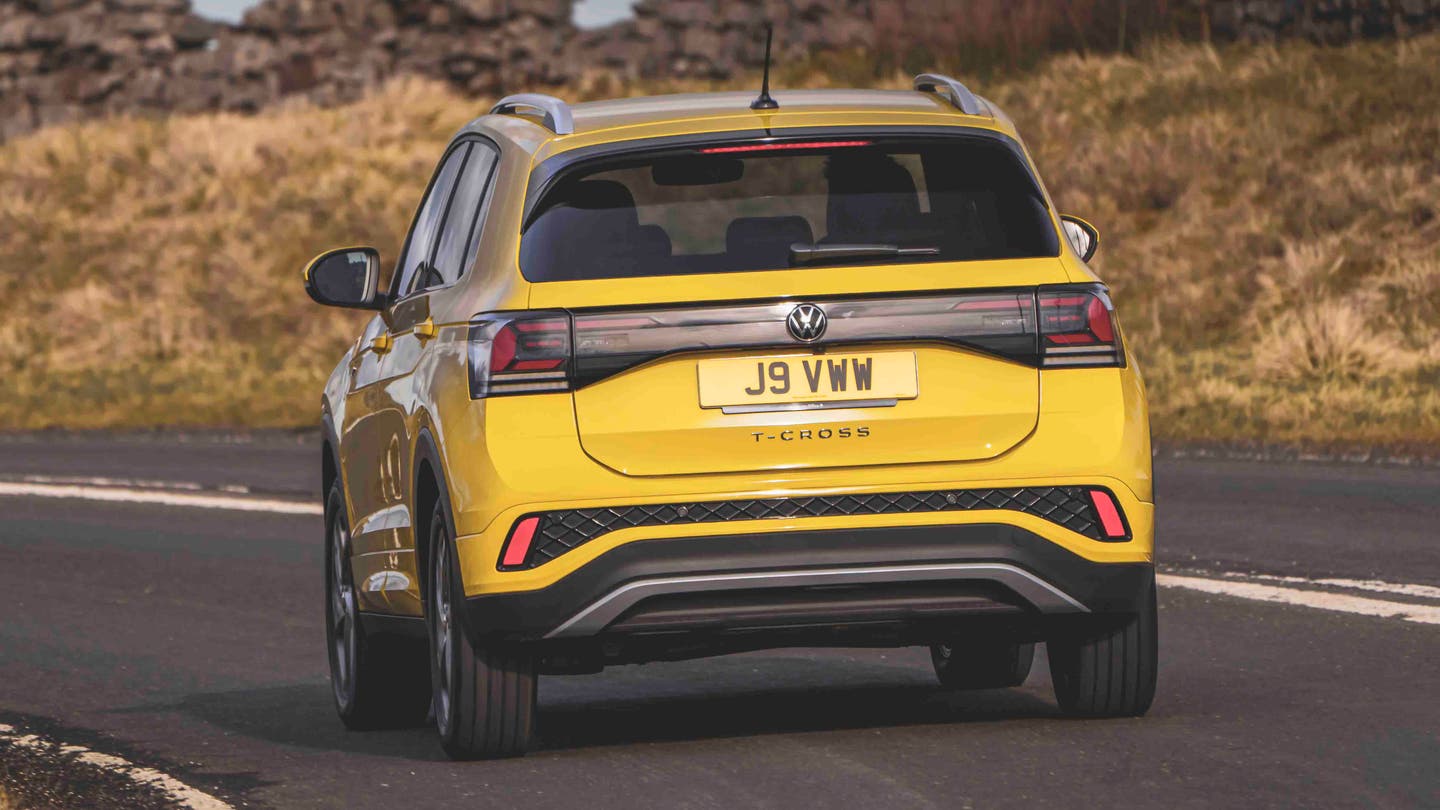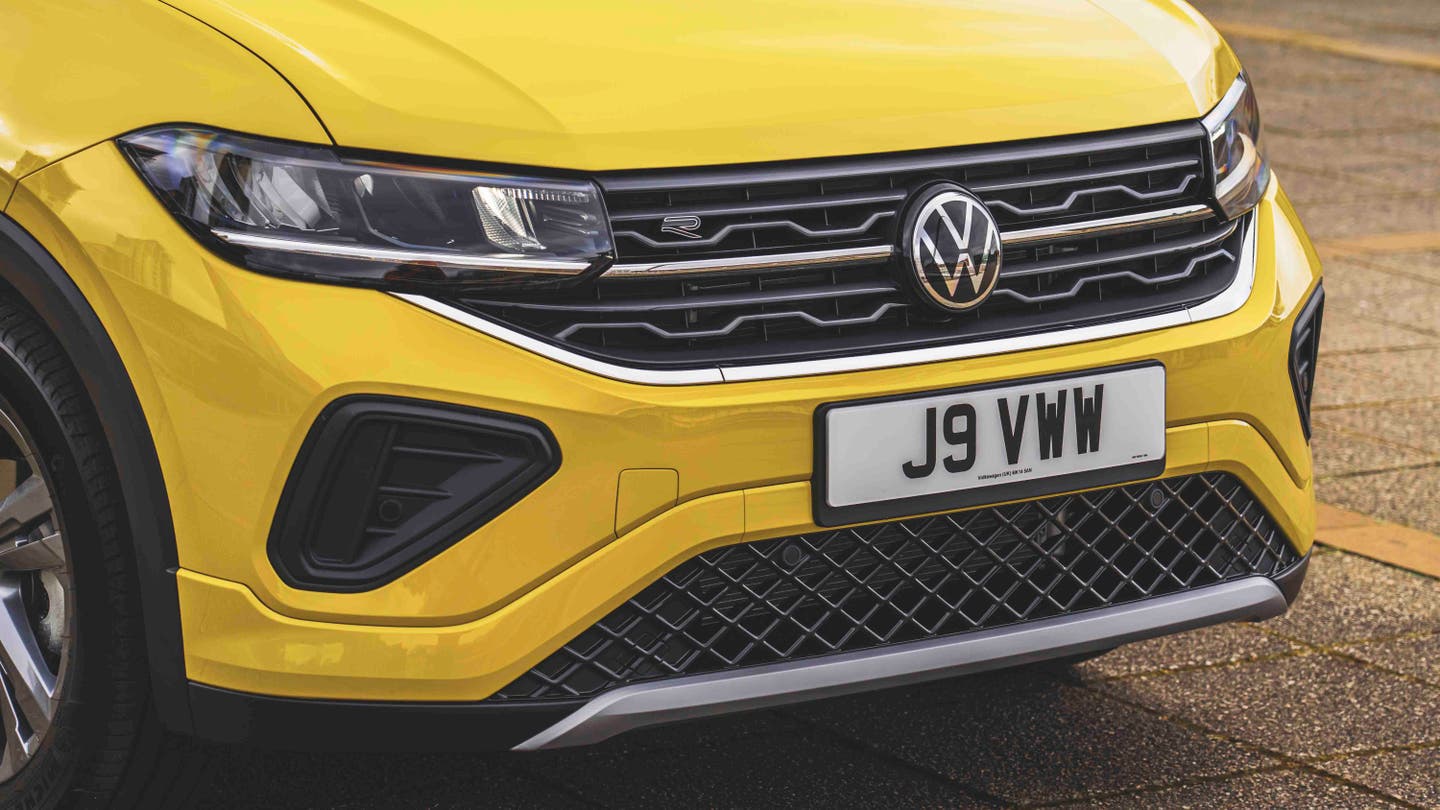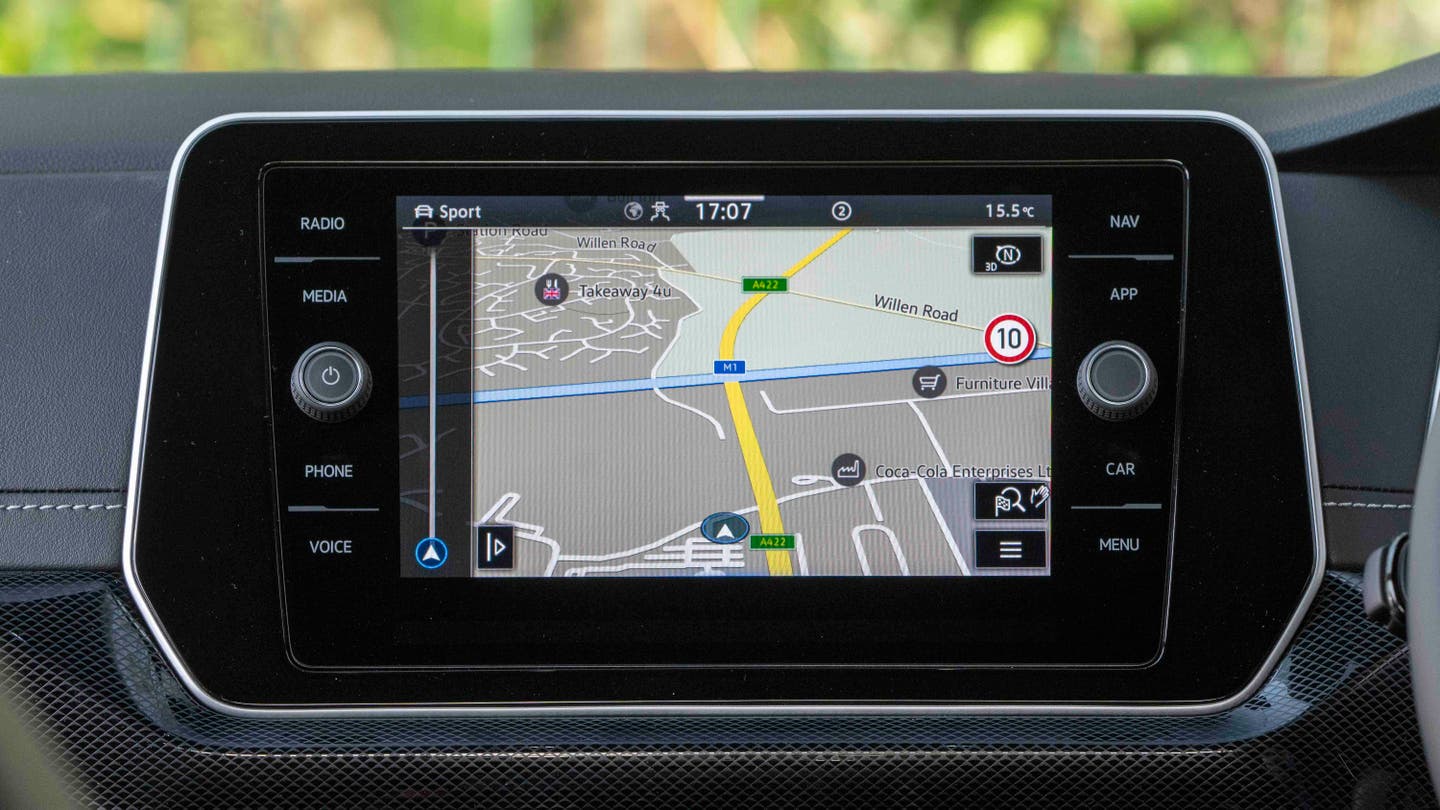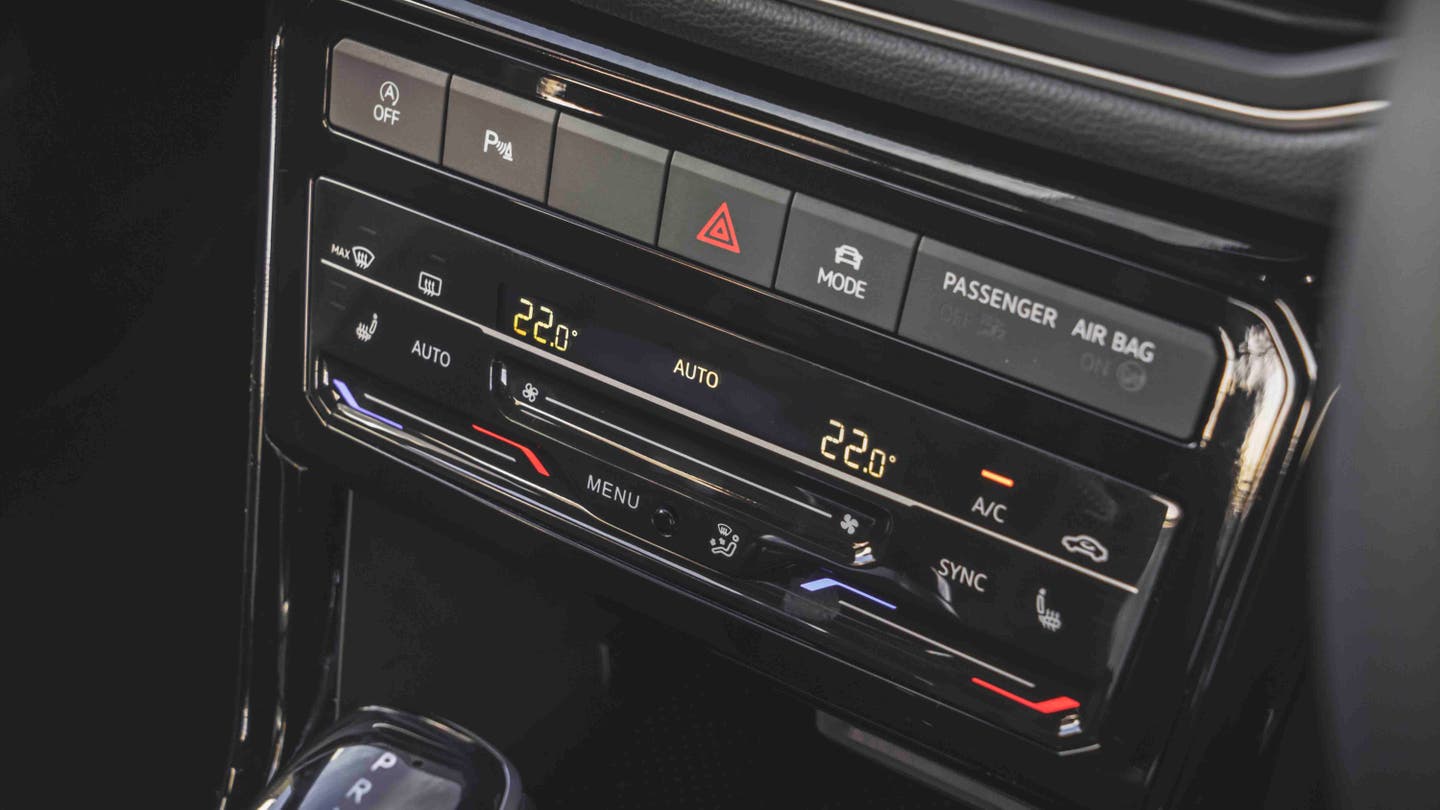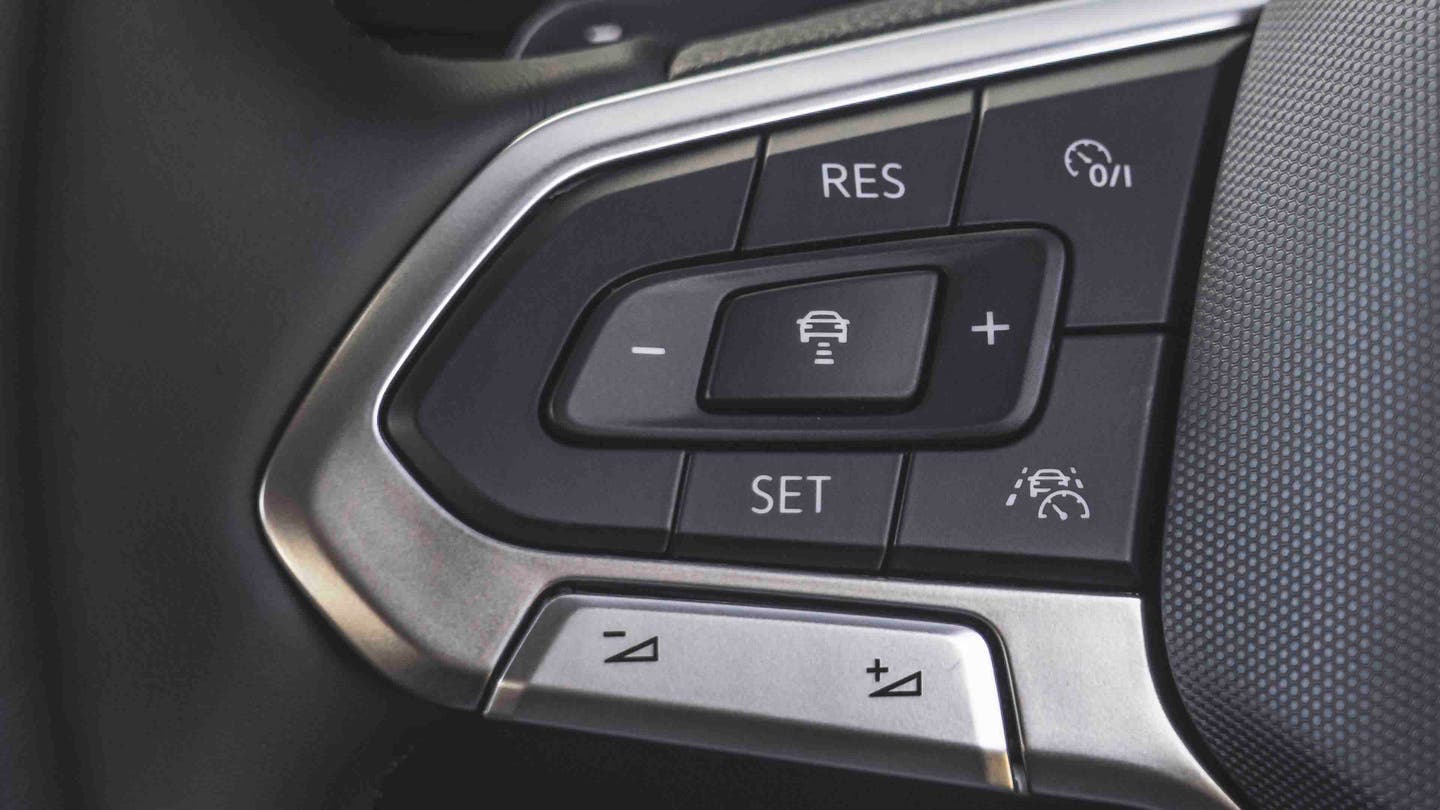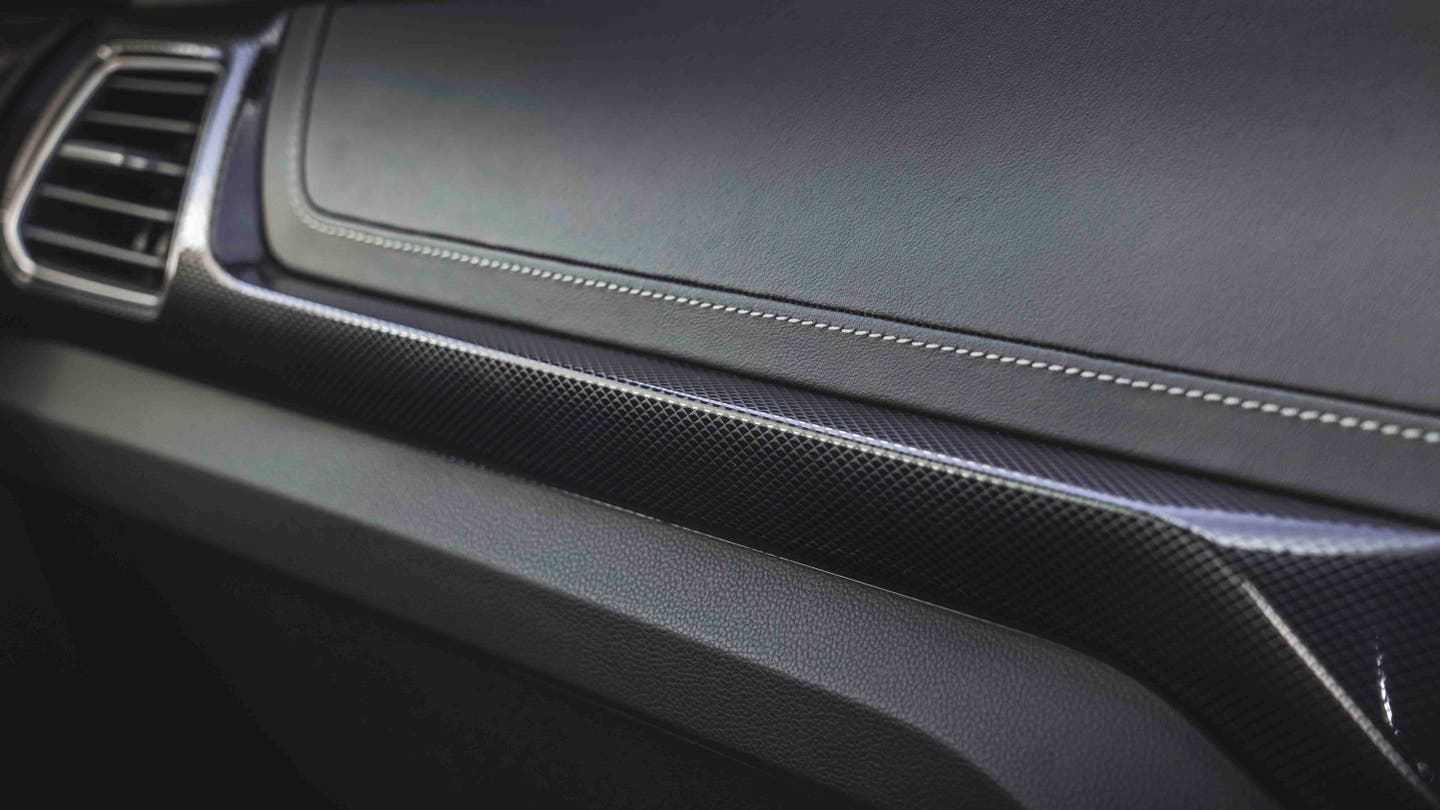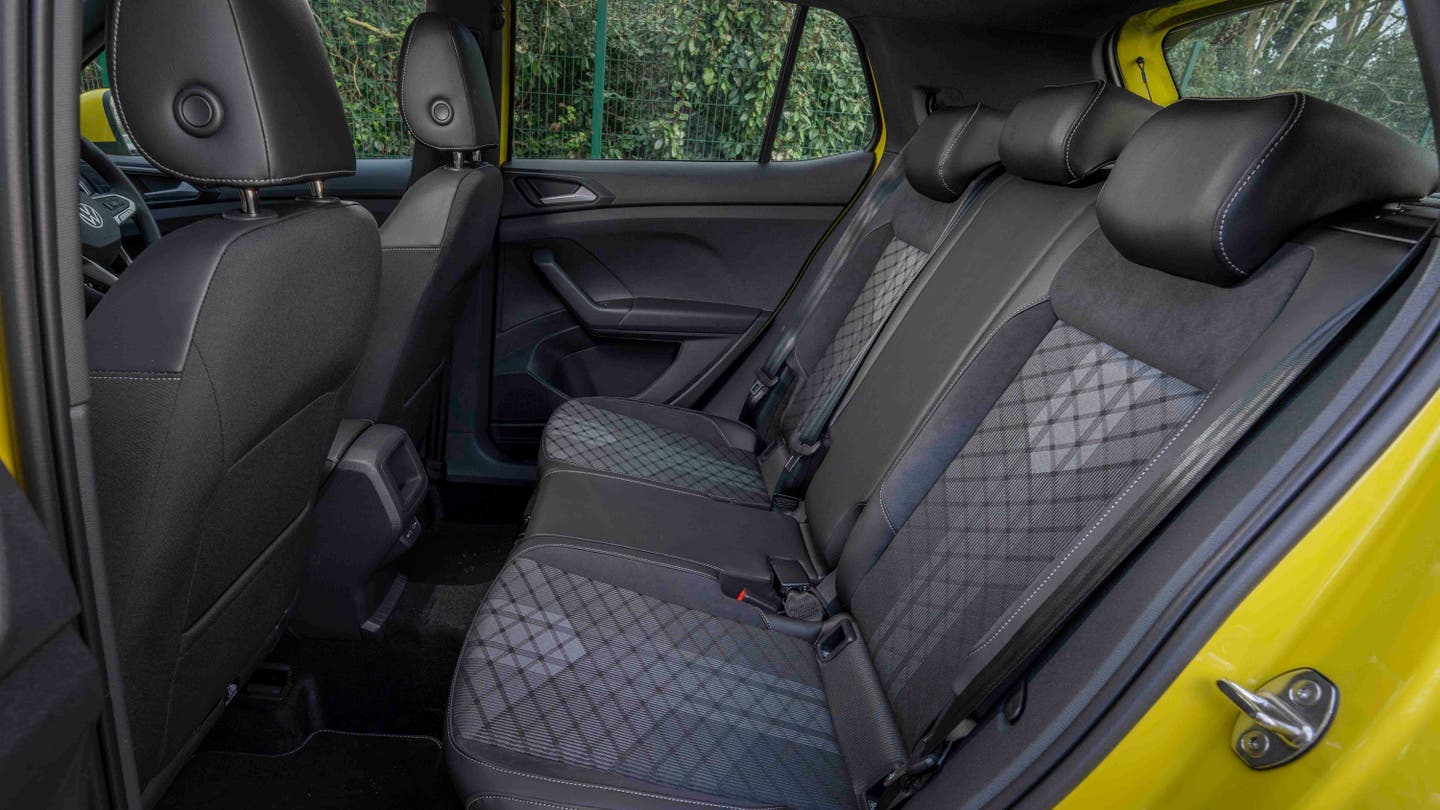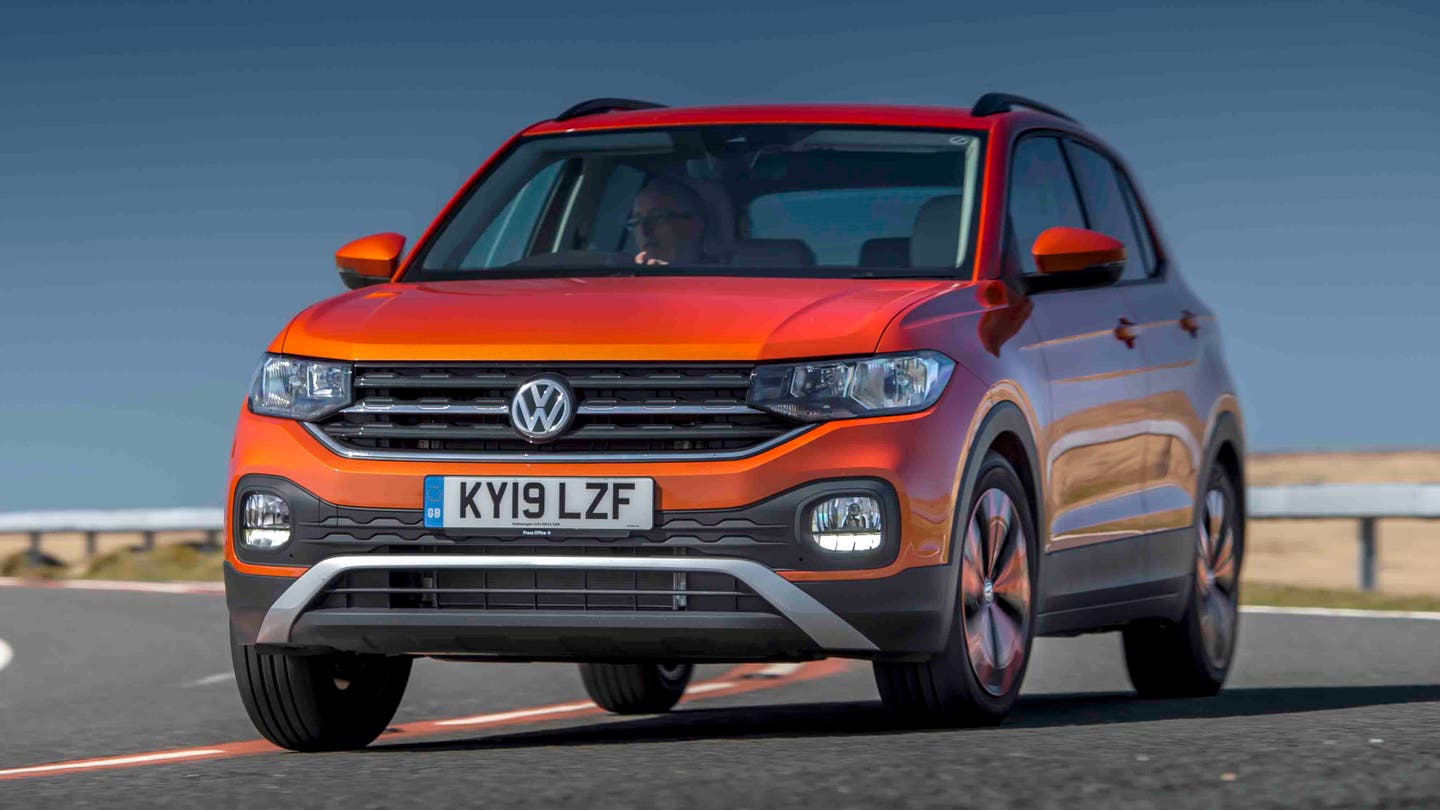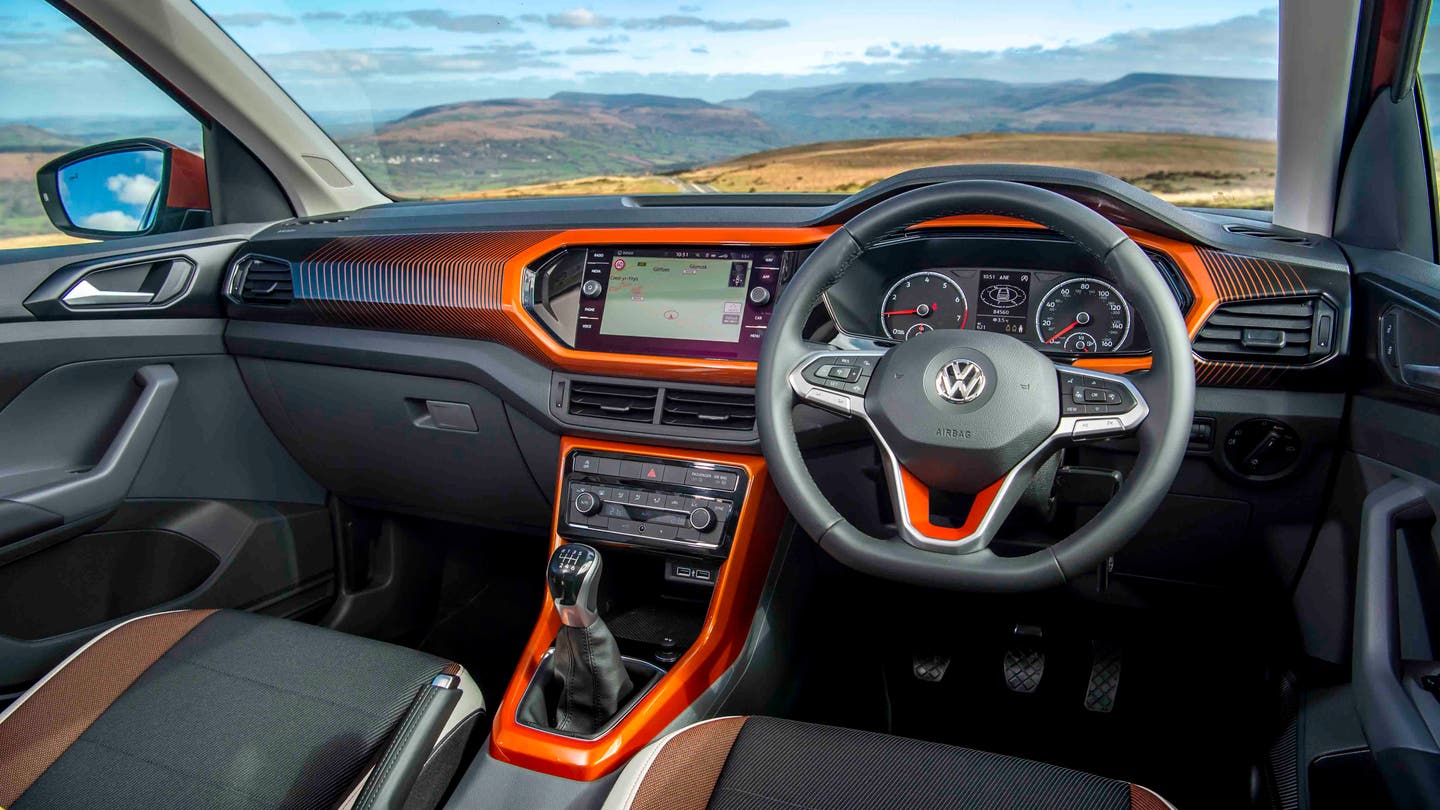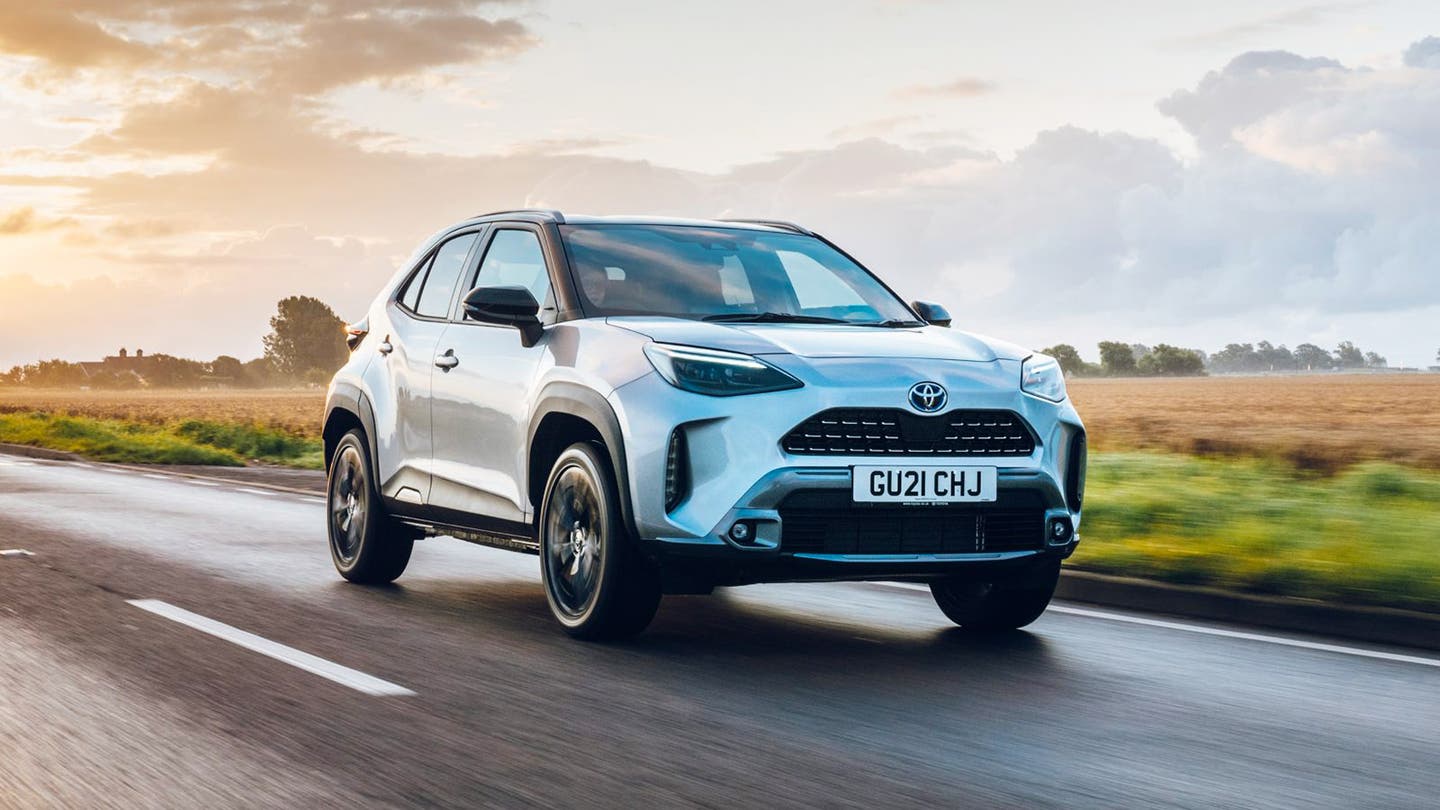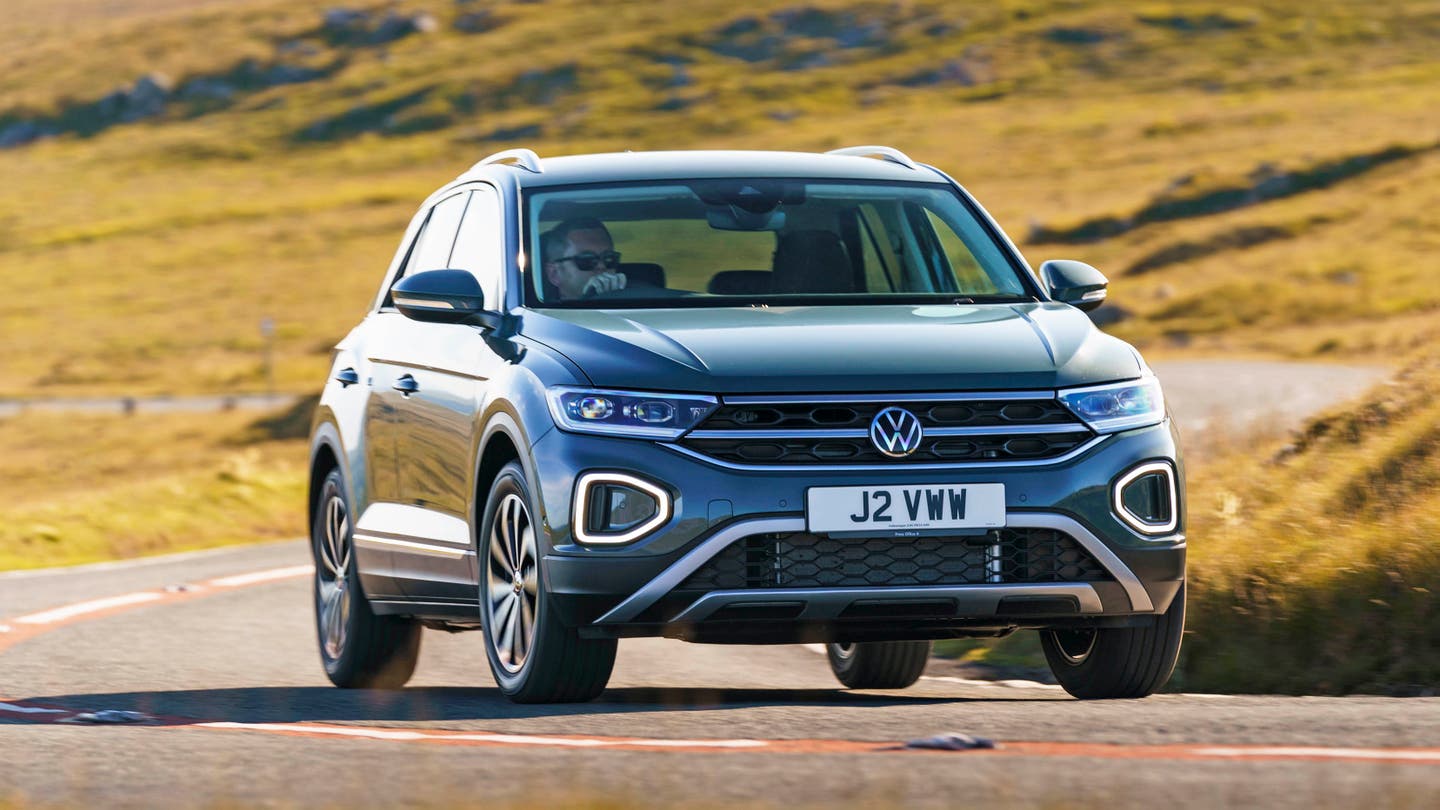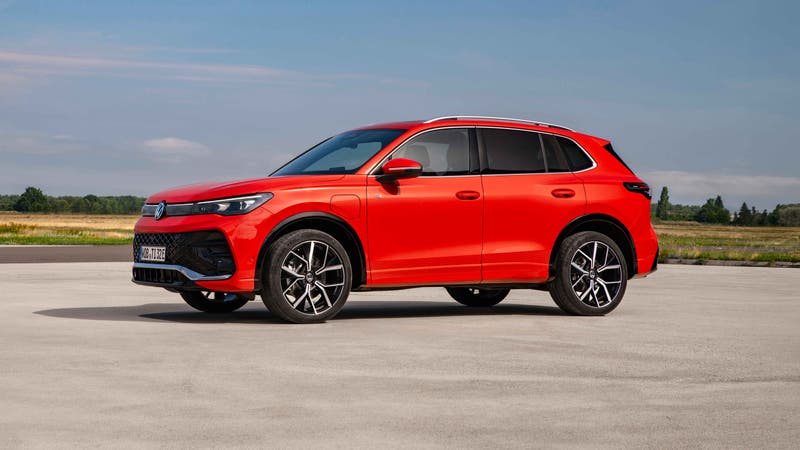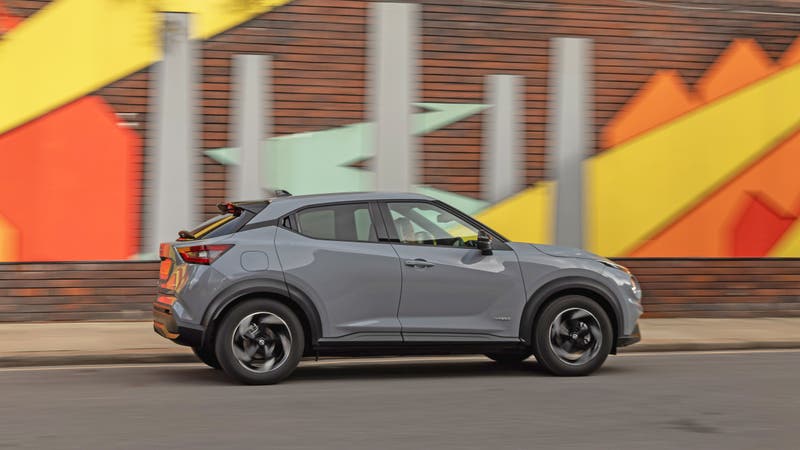


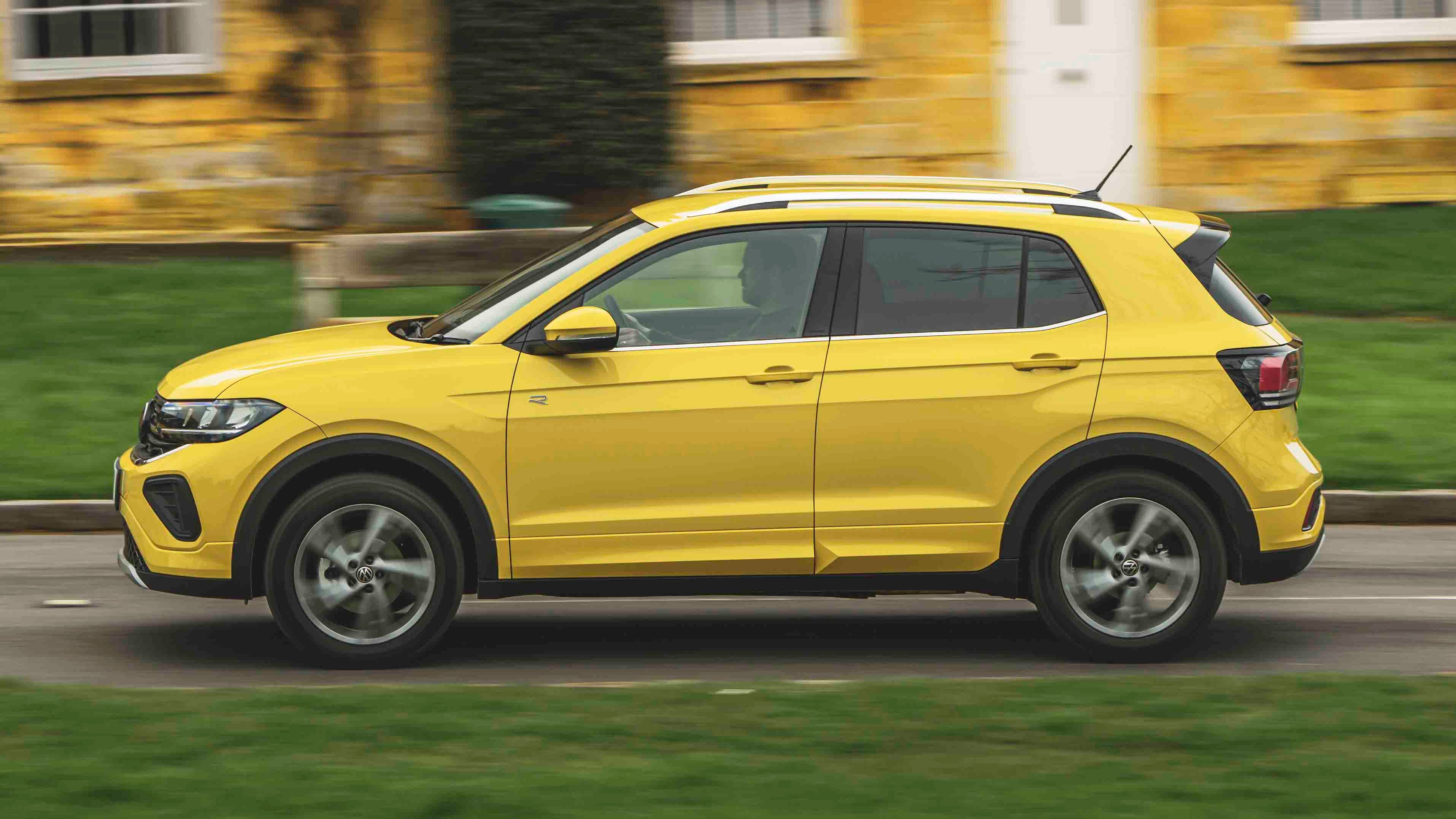
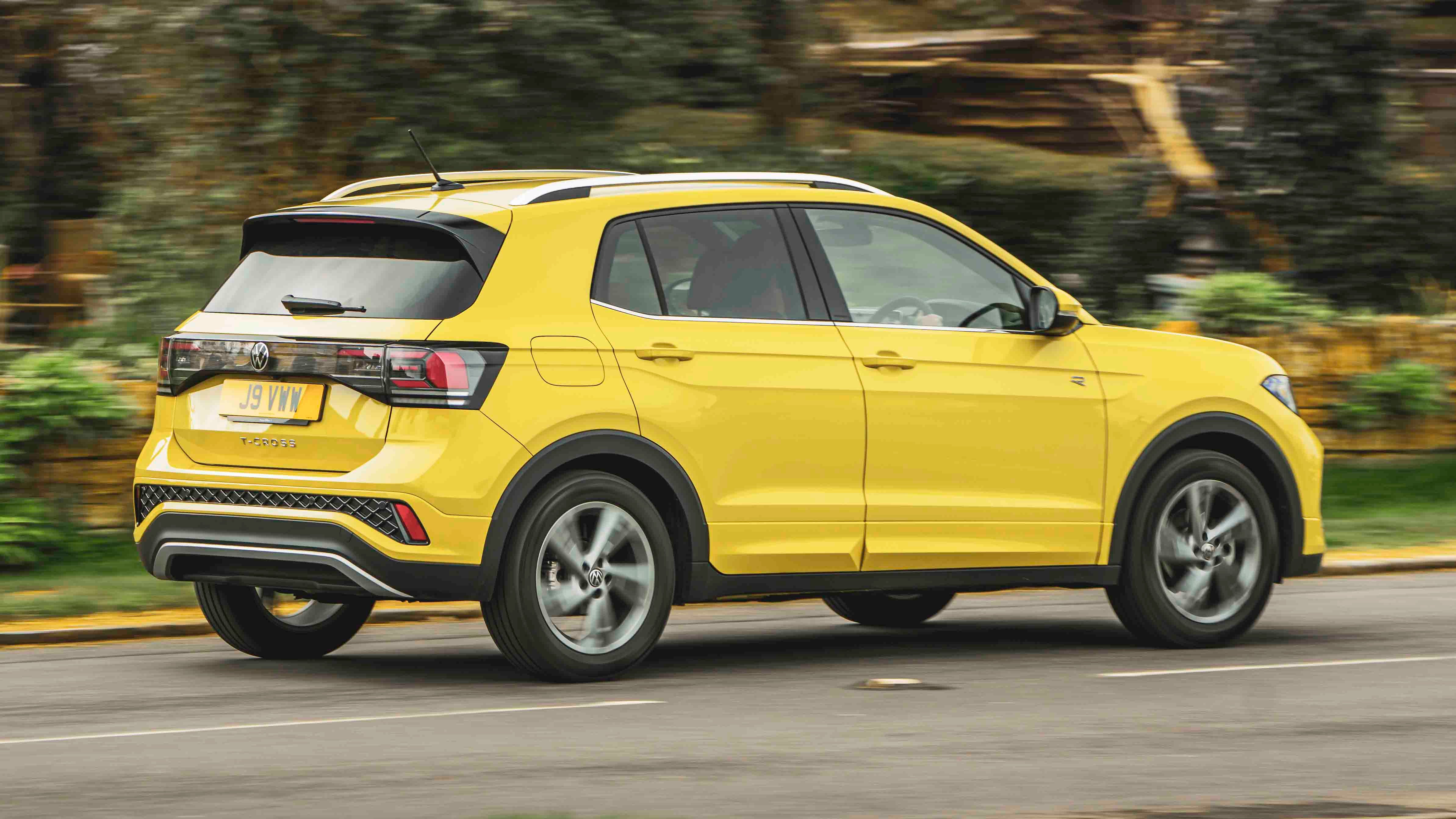
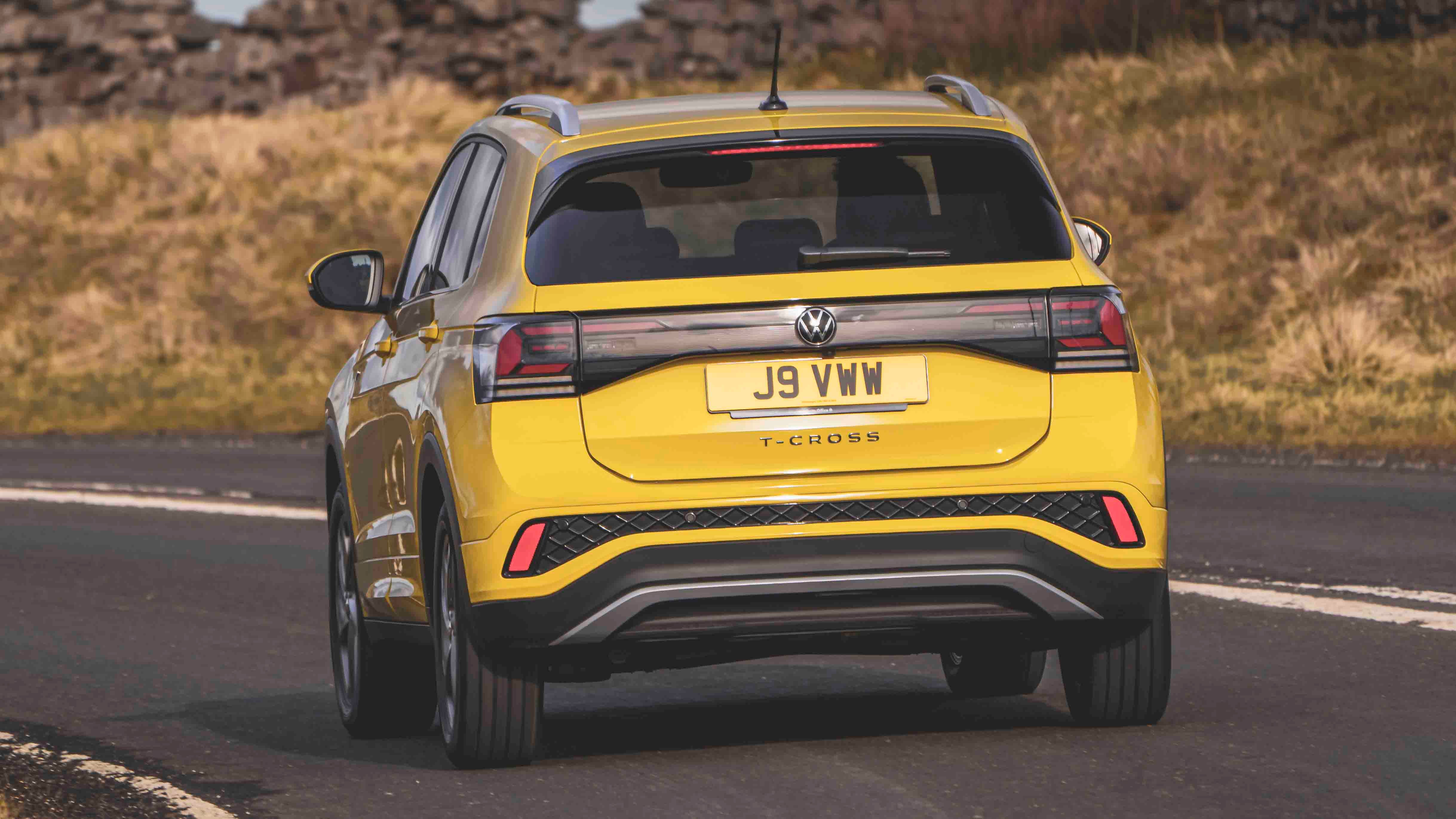

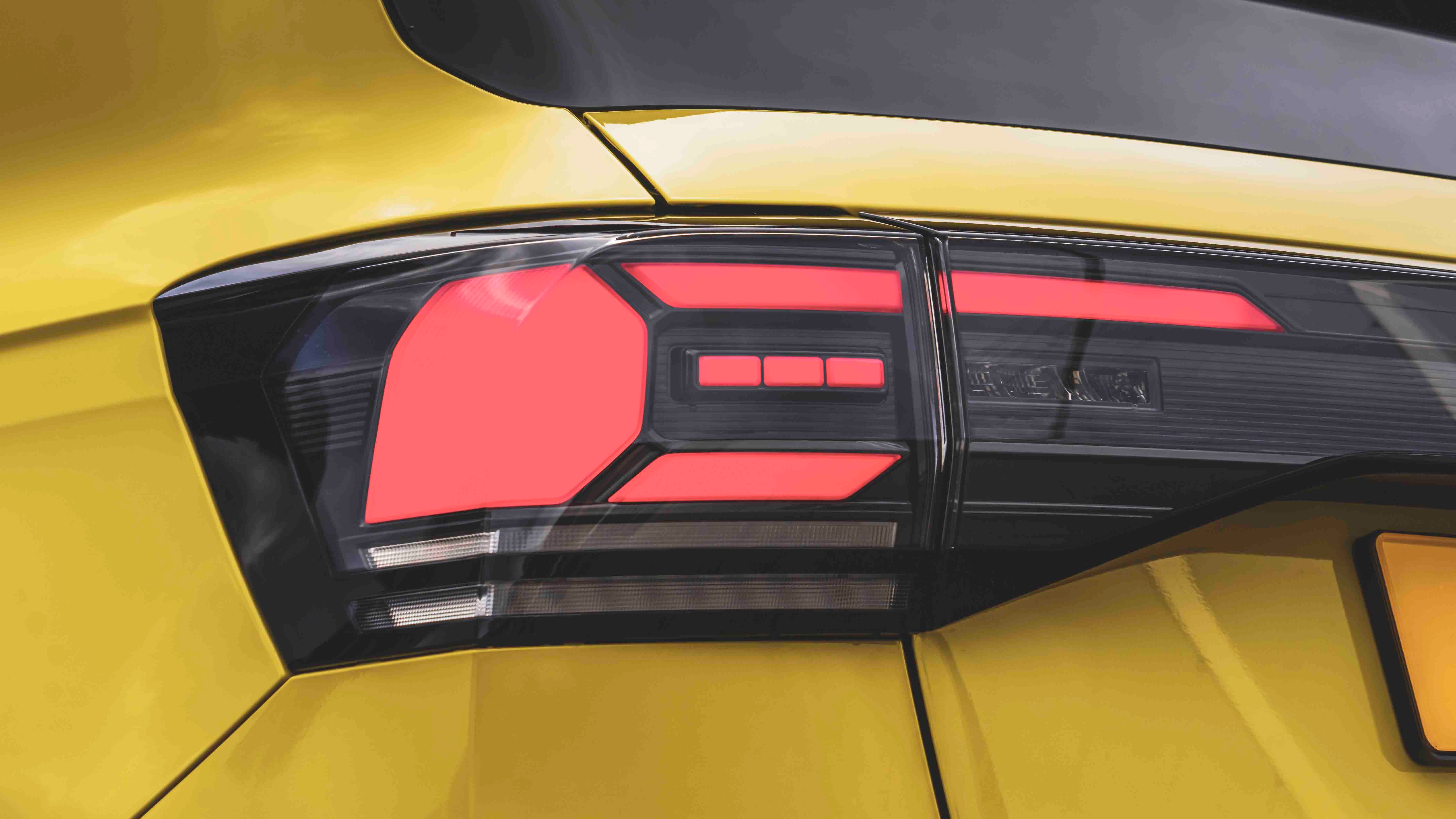
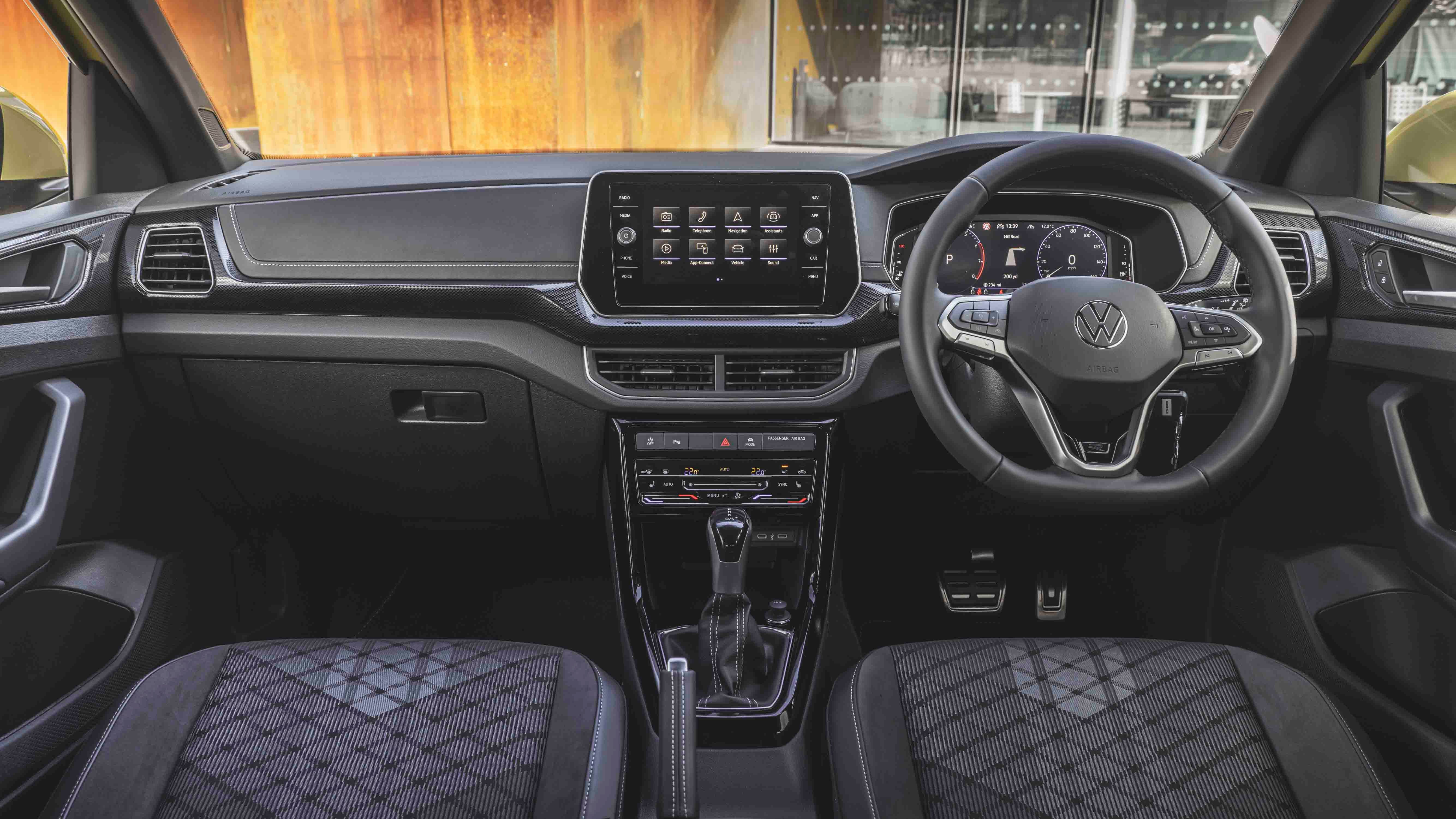

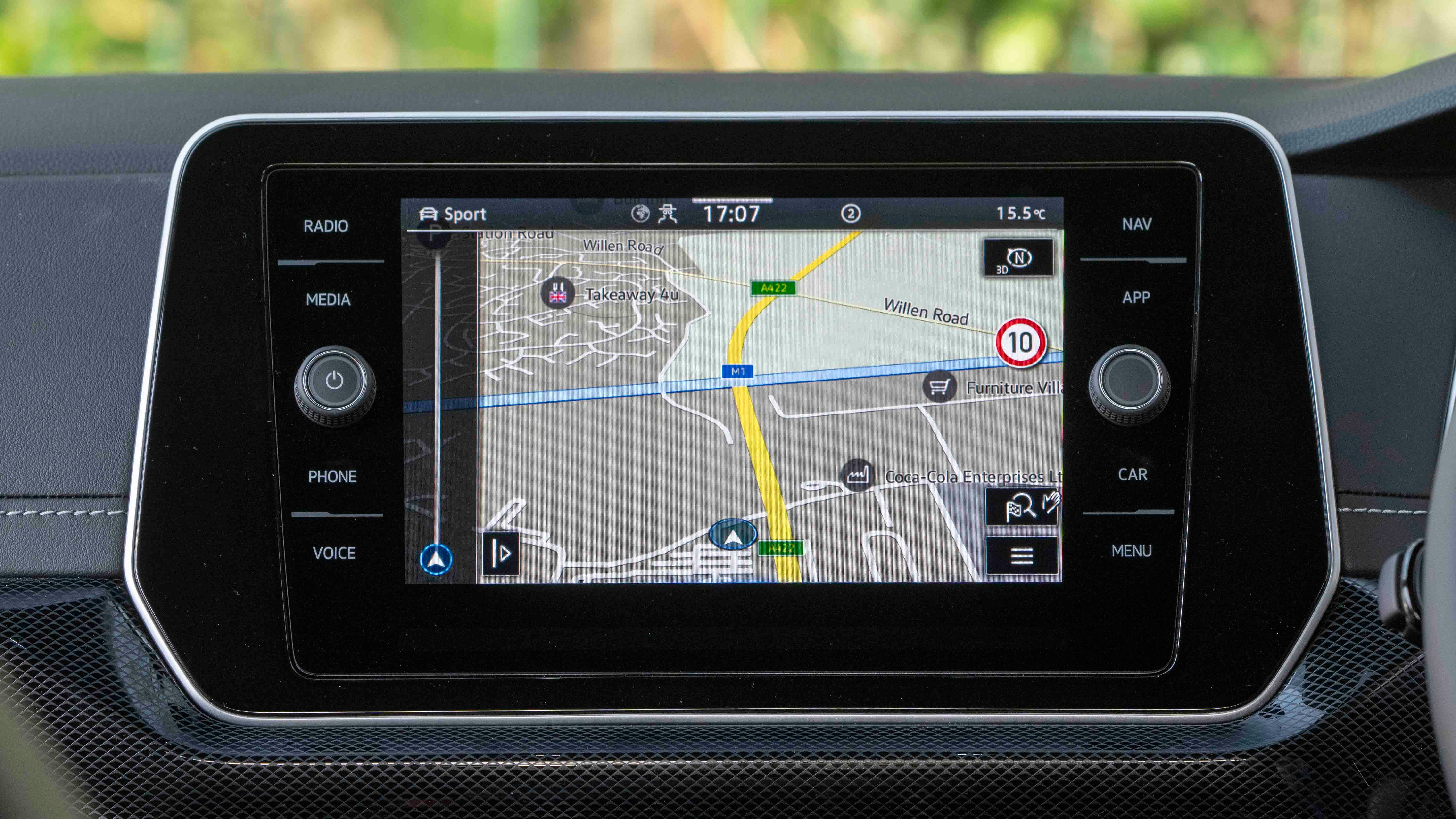
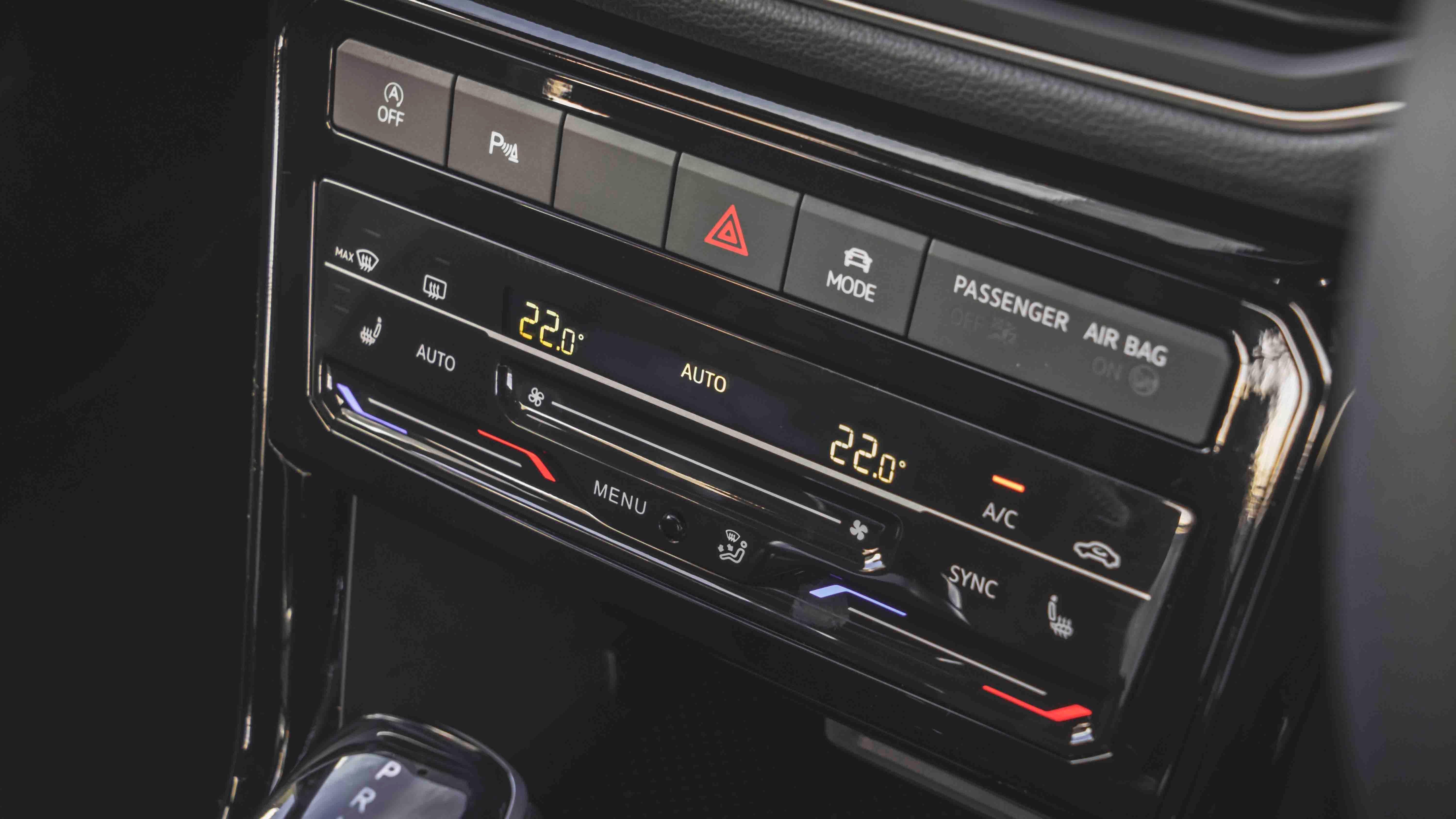
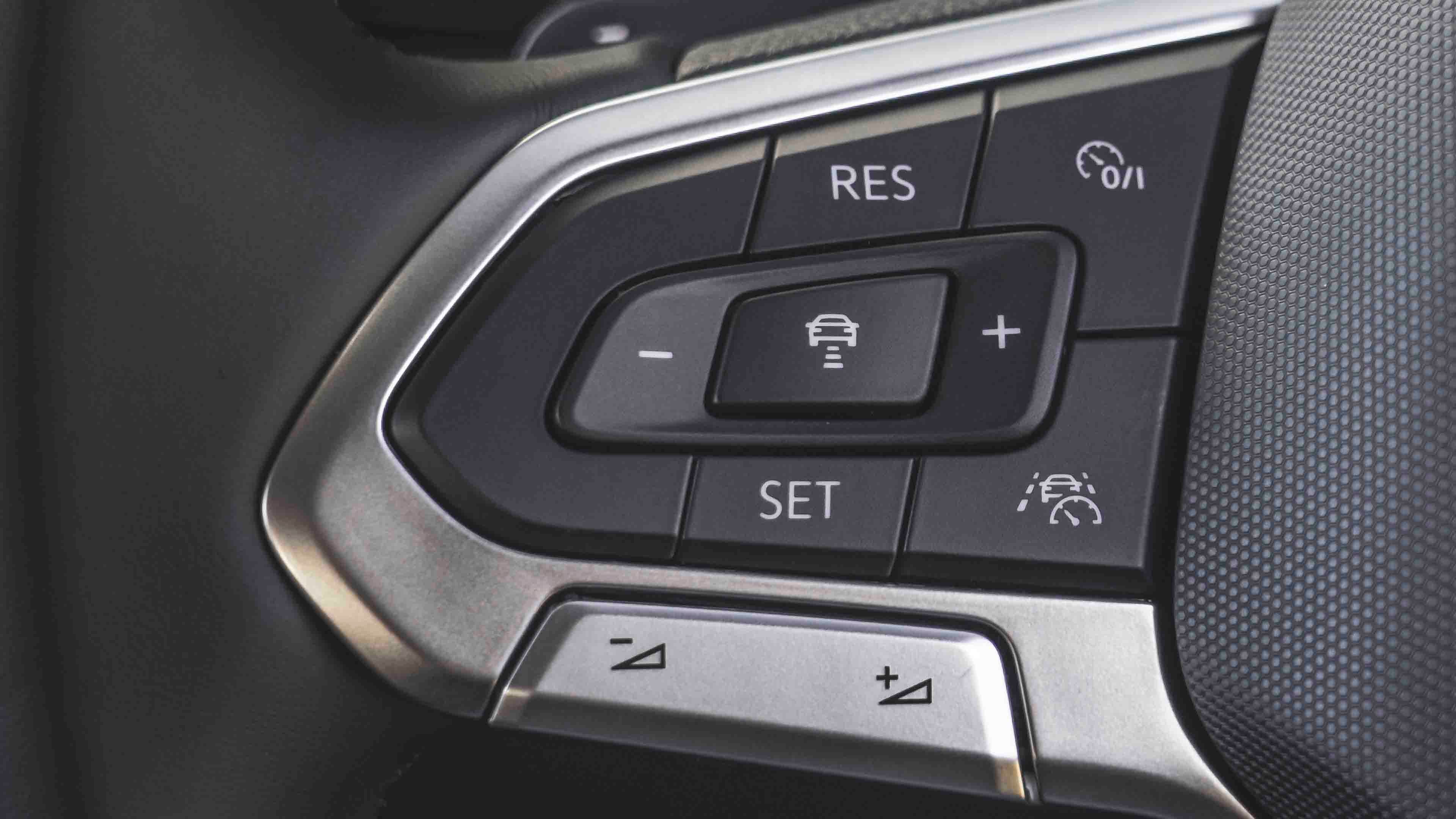
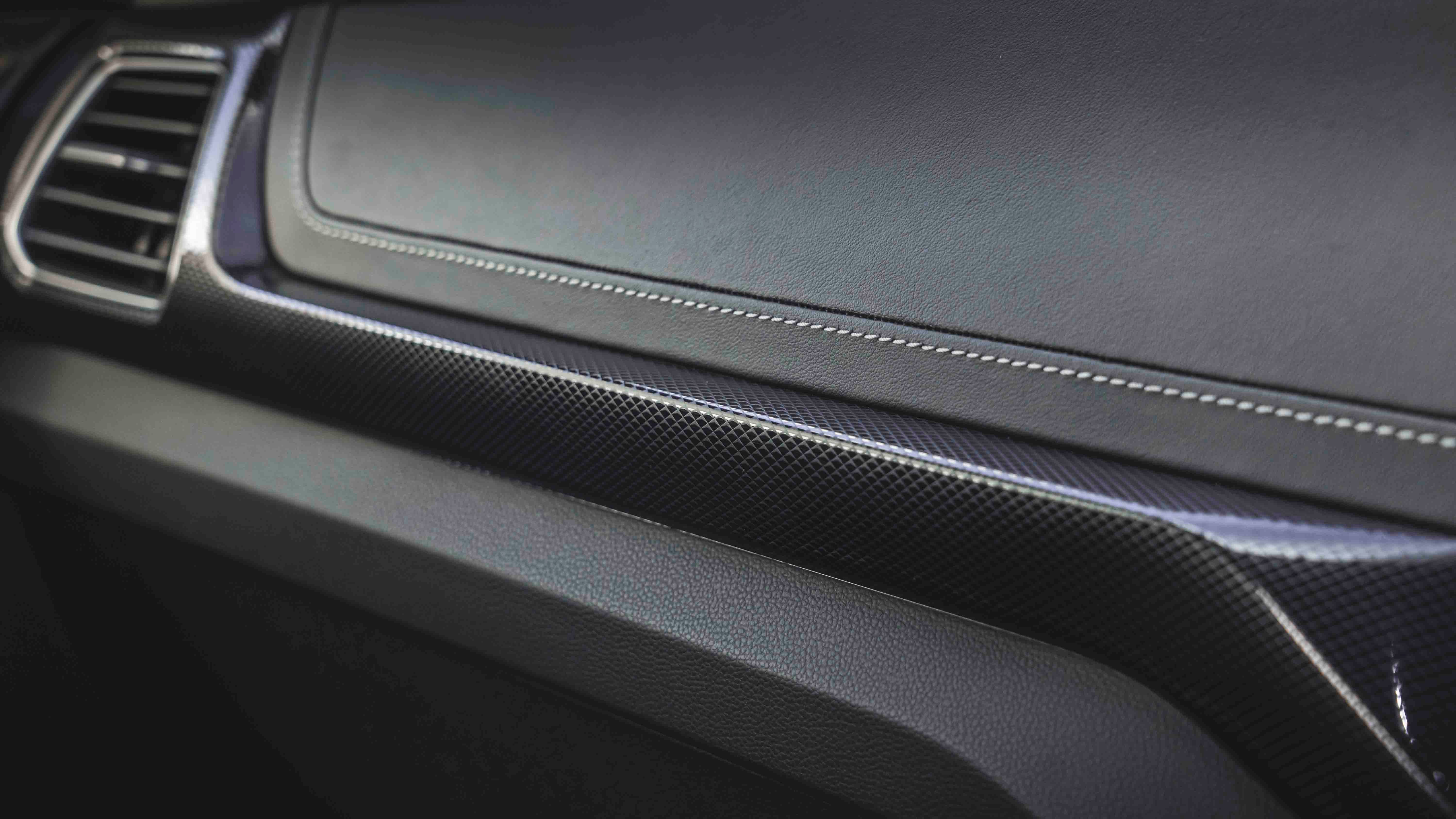
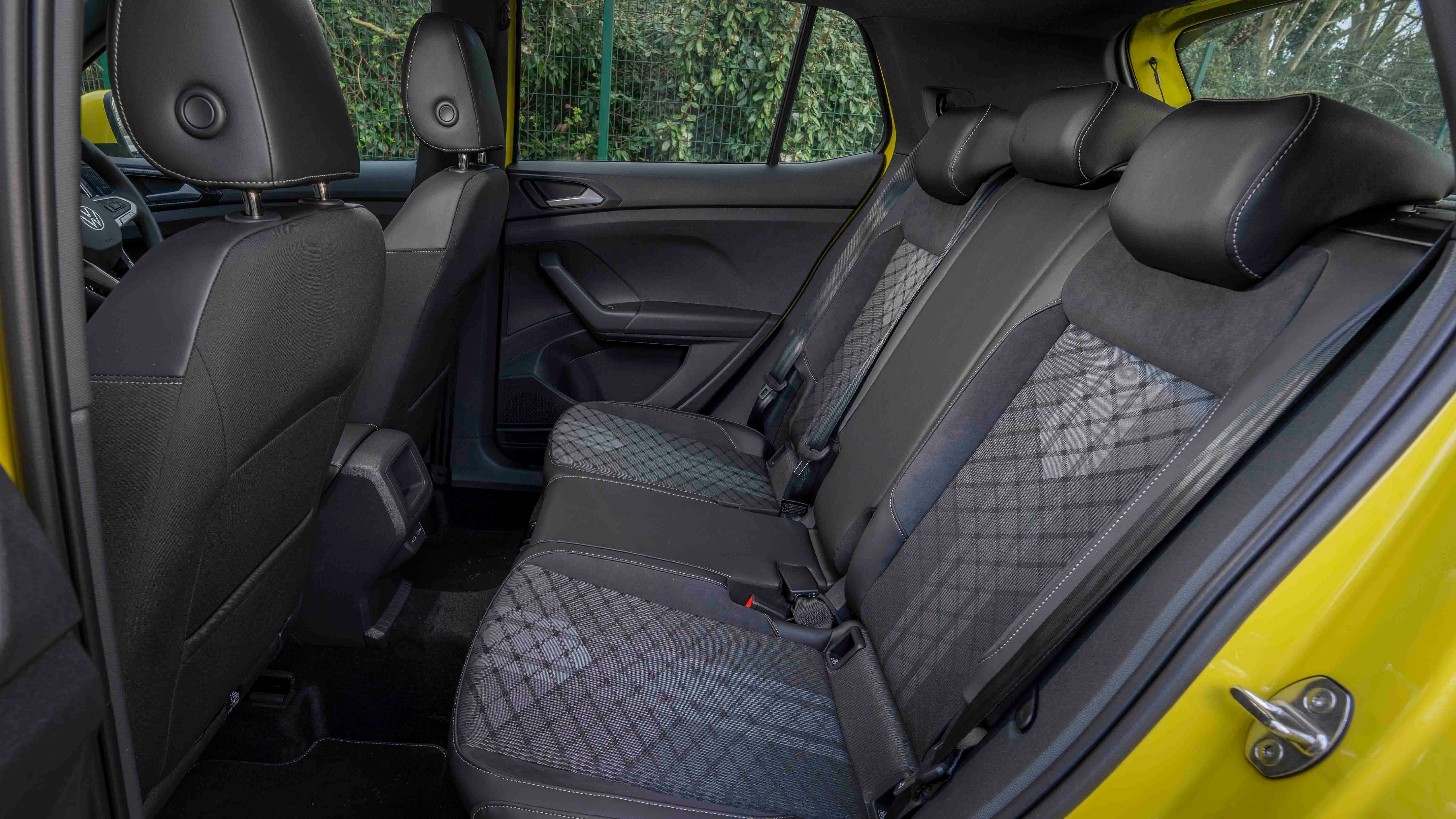
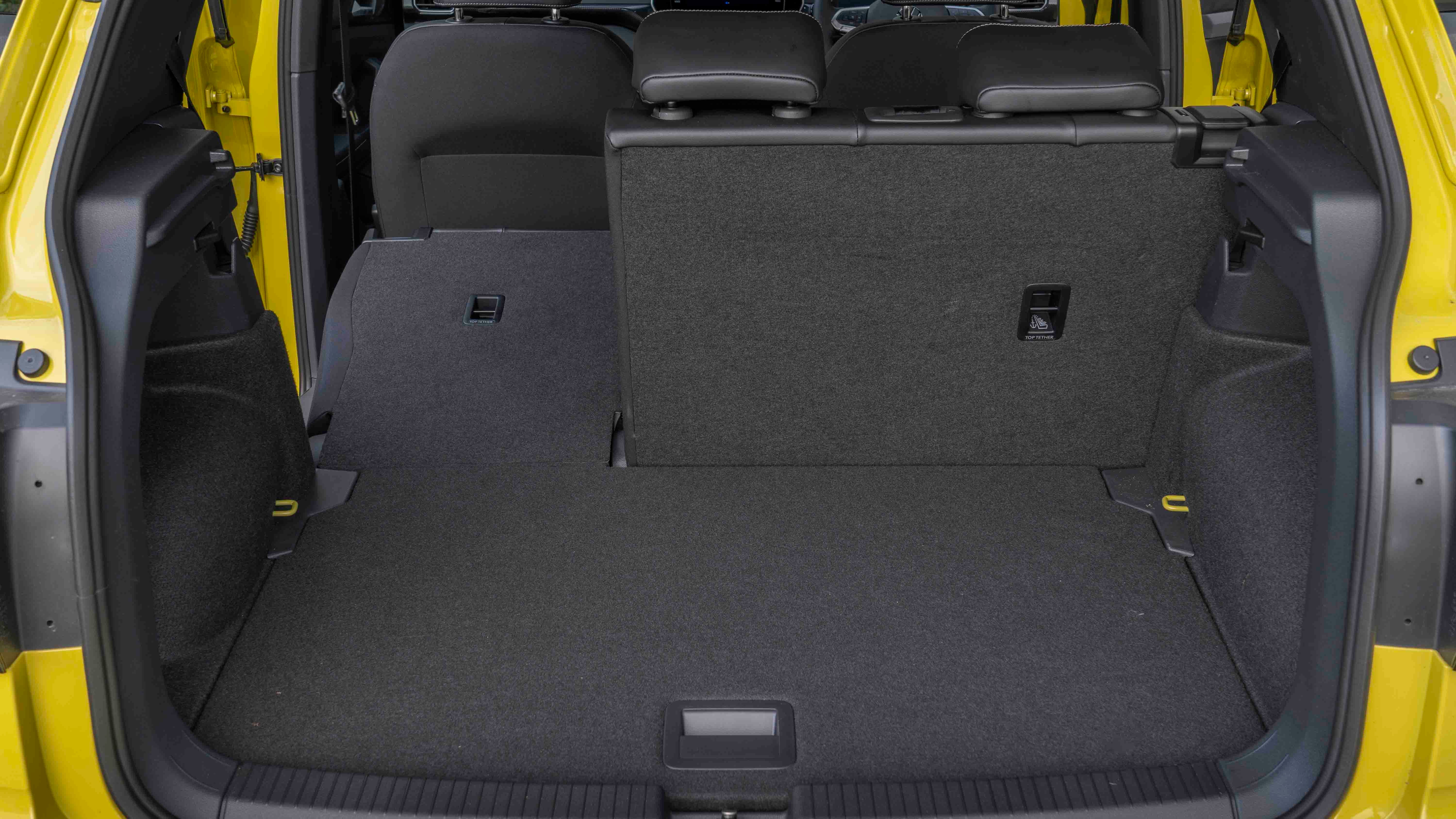
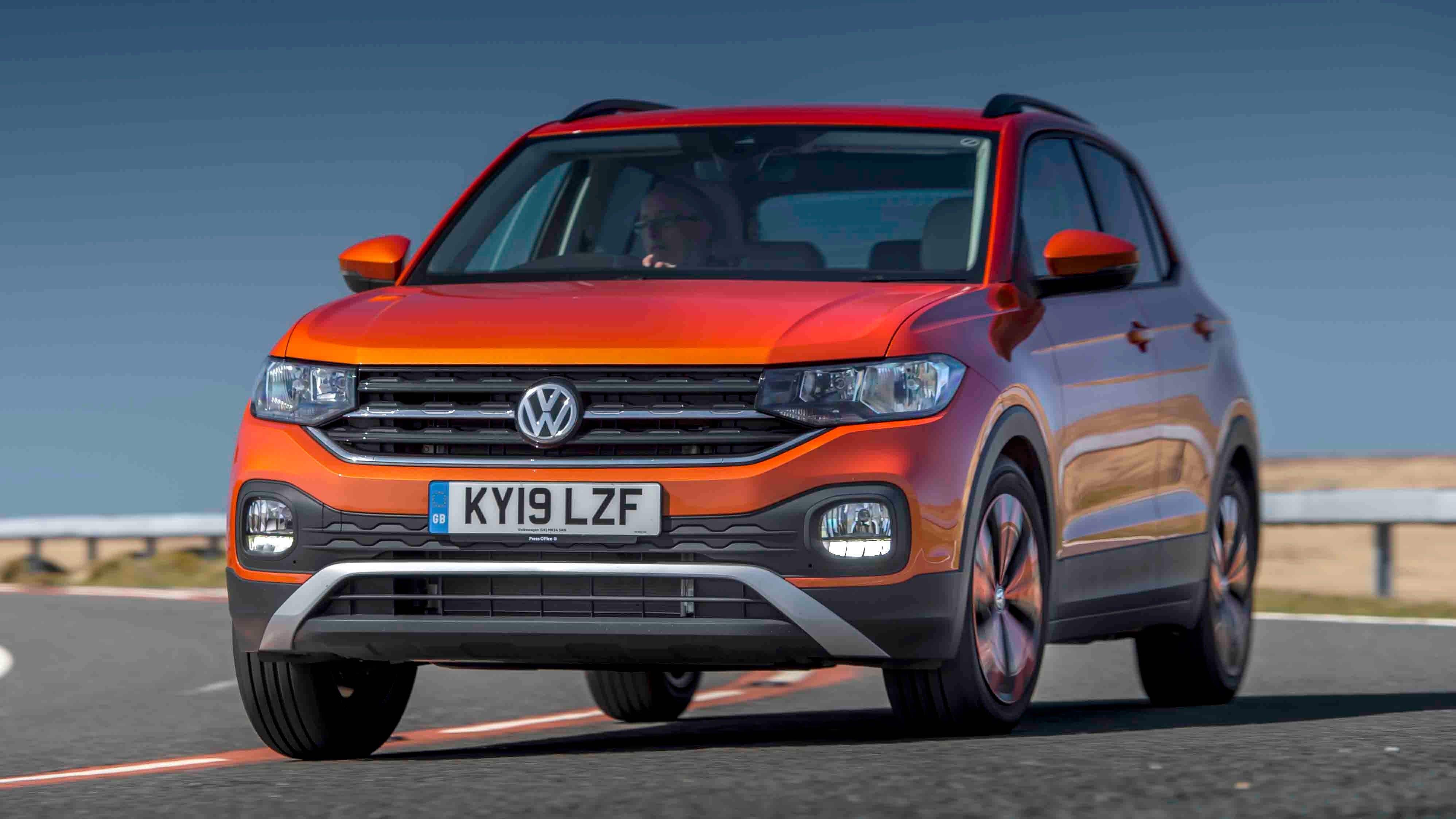
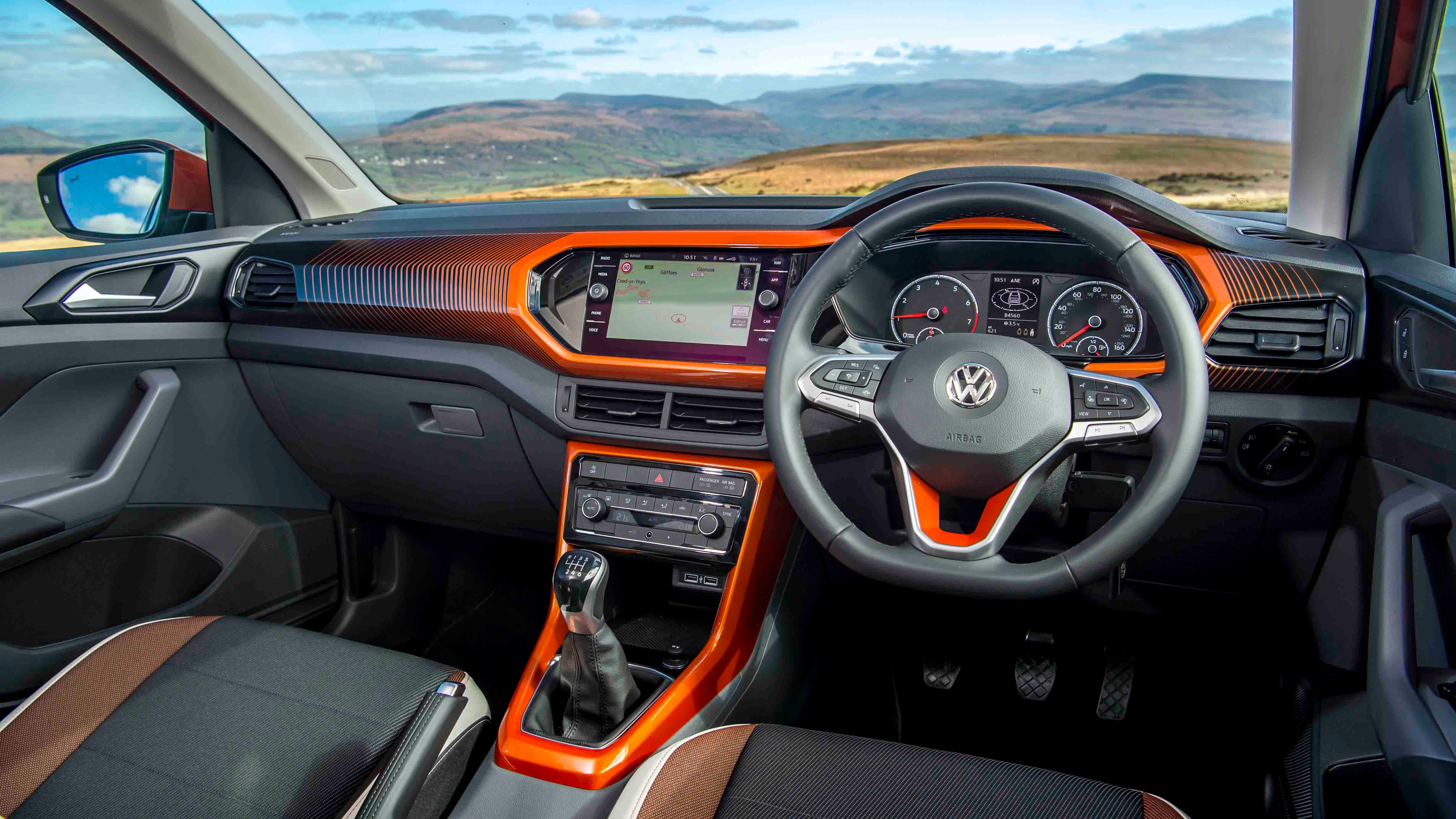
Volkswagen T-Cross Review
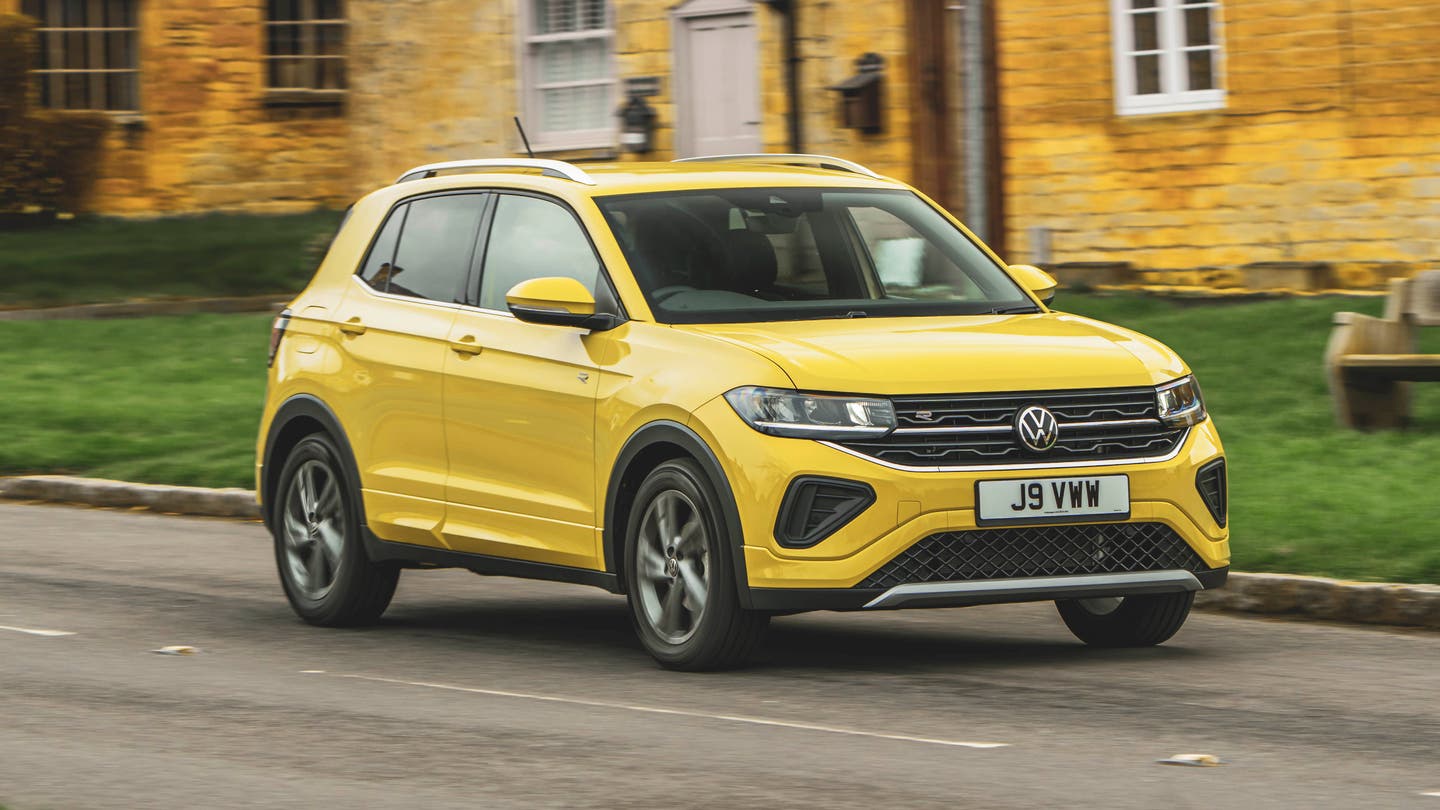
The Volkswagen T-Cross is predictably good in most areas, and actually improves on the Polo in some.
There aren’t any surprises with VW’s smallest SUV, but you’ll have to pay extra for the VW badge over the related SEAT Arona and Skoda Kamiq.
- Solid feel
- More versatile than Polo
- Cheap to run
- Similar cars are cheaper
- Sliding seats not actually very useful in real life
- Average warranty
Should I buy a Volkswagen T-Cross?
Volkswagen’s SUV range is huge and kind of daunting to get your head around, so we wouldn’t blame you if you picked the first one you come across. If you go by size or price, that’s the T-Cross, and it’s exactly what you’d expect from a small VW SUV.
While the surface materials in the cabin are cheap and hard, there’s an underlying solid feel – something which continues as soon as you get moving. It feels like a big car on the road, yet can slip into tight city car parks like a duck through water, as it measures just 4.1 metres from nose to tail. Or beak to tail.
The colour in our pictures is Rubber Ducky Yellow (and isn’t it quacking?!), introduced in the T-Cross’ 2024 facelift. While the main bodywork is largely untouched compared to pre-facelift models, there are new LED headlights and daytime running lights at the front, and a redesigned interior that boosts both tech and material quality.
What hasn’t changed is the T-Cross’ low running costs – it’ll achieve 45-50mpg fairly easily and 95hp petrol versions sit in group 8 for car insurance. Look out for dealer offers on servicing plans, too, as these tend to be offered regularly. That makes up for the merely average three-year/60,000-mile warranty although, for total reassurance, you can take out extended warranty cover if you buy a used T-Cross.
So the T-Cross stacks up well for small SUV buyers. But so do the SEAT Arona and Skoda Kamiq, and they’re both cheaper than the T-Cross.
Interior and technology
Earlier T-Cross cars have a dashboard lifted almost wholesale from the Volkswagen Polo, while 2024-on examples have a layout that’s more like the most recent T-Roc SUV. Either way, you get an eight-inch touchscreen as standard with DAB radio and Bluetooth, and almost all T-Crosses feature Apple CarPlay and Android Auto, too.
Most of the interior materials are hard and durable, perhaps aimed at lasting a long time rather than feeling nice. There’s some soft padding on the front armrests, which is thoughtful, while facelift cars also get a slightly softer dash top – even if the stitched dashboard trim that looks like leather is still plastic.
Like the Polo, the T-Cross’ buttons and dials make it easy to use the major functions. It’s not tech overload, and even cars with two screens shouldn’t feel like they’re difficult to get your head around.
Practicality
The T-Cross’ party piece is sliding rear seats – something it gains over the related Arona and Kamiq. The idea is that you can slide the seats all the way forward to increase boot space, or have them set back to offer maximum rear legroom. In reality, we’re not sure how useful these will be to many buyers – slide the seats forward as far as they’ll go and there’s no legroom whatsoever, and they’ve left behind a big gap that’ll swallow crumbs and small, hard-to-reach objects.
Keep the seats fully back and the T-Cross is pretty practical anyway. Headroom is decent and legroom is generous, and there are a couple of USB sockets to charge devices.
Even with the seats fully back, the T-Cross offers a 385-litre boot – that’s about 35 litres more than the Polo, and only 15 litres shy of the Arona and Kamiq. There are some really useful storage areas dotted around the cabin, including several on the centre console. Pre-facelift cars get a dashtop storage tray, too, which for some reason isn’t included on newer examples.
However, open the glovebox and you’ll still see a blanked-off panel that used to house a CD player and SD card slots, which robs a little bit of space. Because the T-Cross still has a manual handbrake, the central cupholders are too small for the majority of drinks – so it’s a good thing the door bins are a good size.
Engines and performance
The vast majority of T-Cross cars come with a 1.0-litre petrol engine. There’s no hybrid assistance of any sort in the T-Cross, but it’s still decently economical, offering between 45 and 50mpg depending on the engine, gearbox and trim level. When we tested the 115hp engine in the new mid-range Style trim, we got 44mpg without really trying to drive economically – you’ll achieve more at a steady cruise.
Below the 115hp engine is a 95hp version of the same 1.0-litre petrol, and above it is a 1.5-litre petrol with 150hp. Even the standard 95hp engine feels powerful enough for the majority of driving situations but it runs out of puff at higher speeds. If you’re regularly on the motorway, we’d recommend trying out the more powerful engines.
Driving and comfort
In many respects the T-Cross feels like a mini Tiguan, including in the way it drives. The T-Cross is just as refined as the Tiguan – it’s comfortable at high speeds and blocks out some of the road noise and surrounding ambient noise.
The T-Cross manages to take all the effort out of driving – the steering and clutch pedal are light, the engines are responsive enough and you don’t have to do lots of steering corrections at higher speeds. Whether you’re in town or on faster roads, everything about the T-Cross’ driving experience is easy and laidback.

